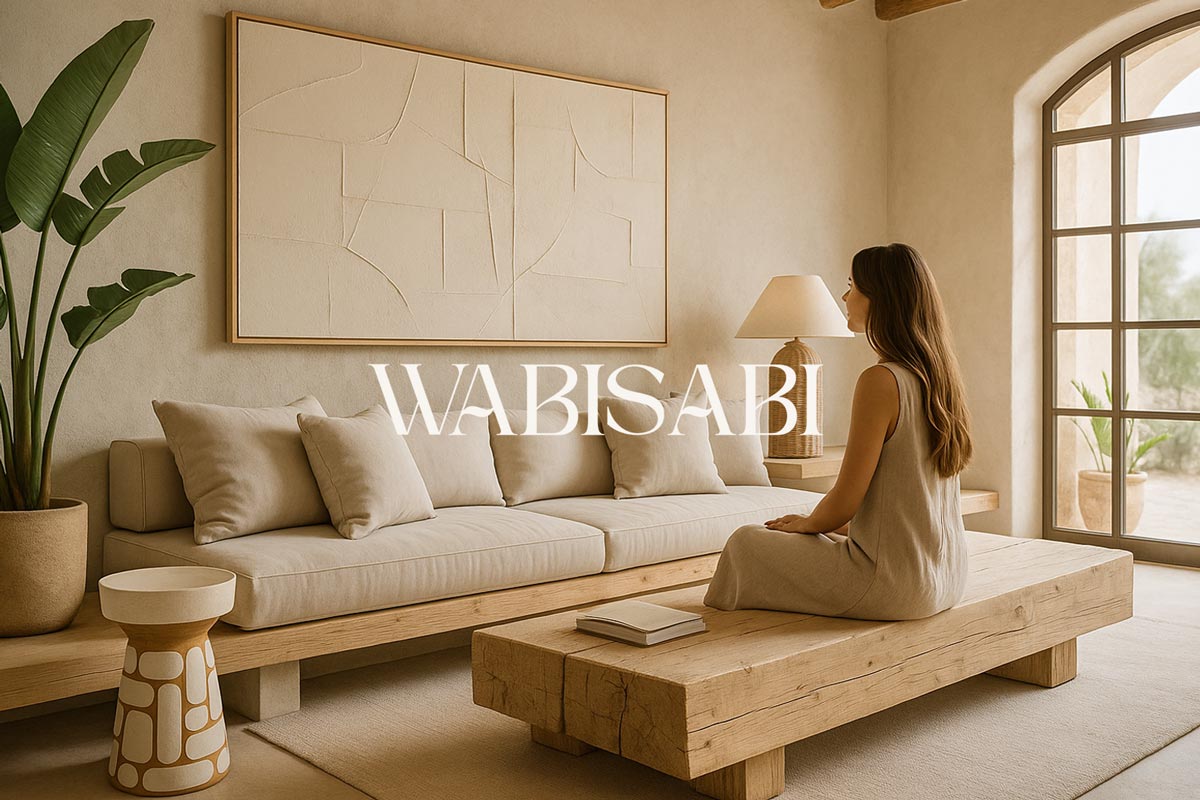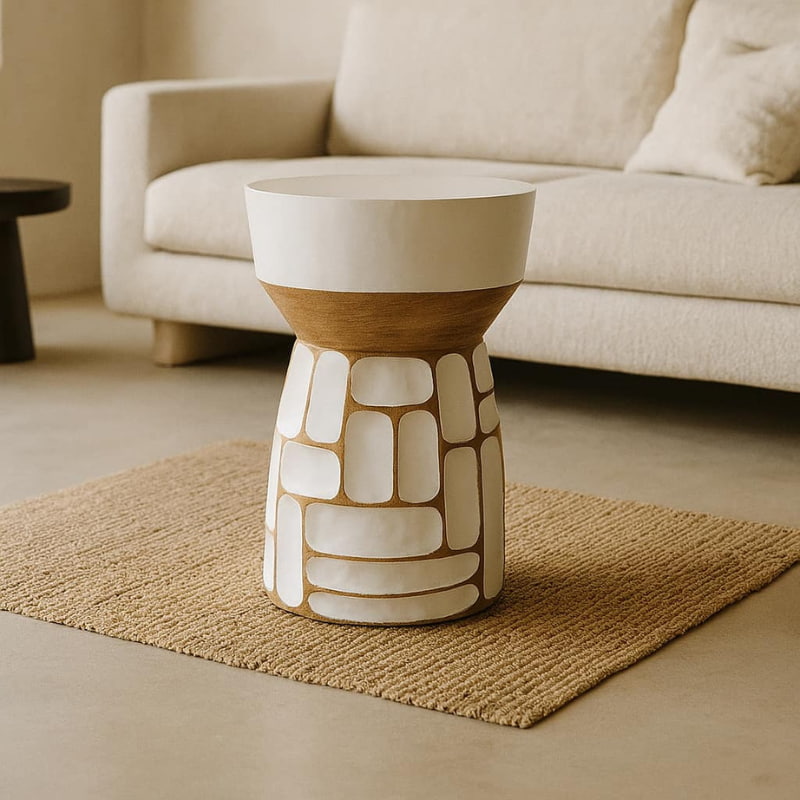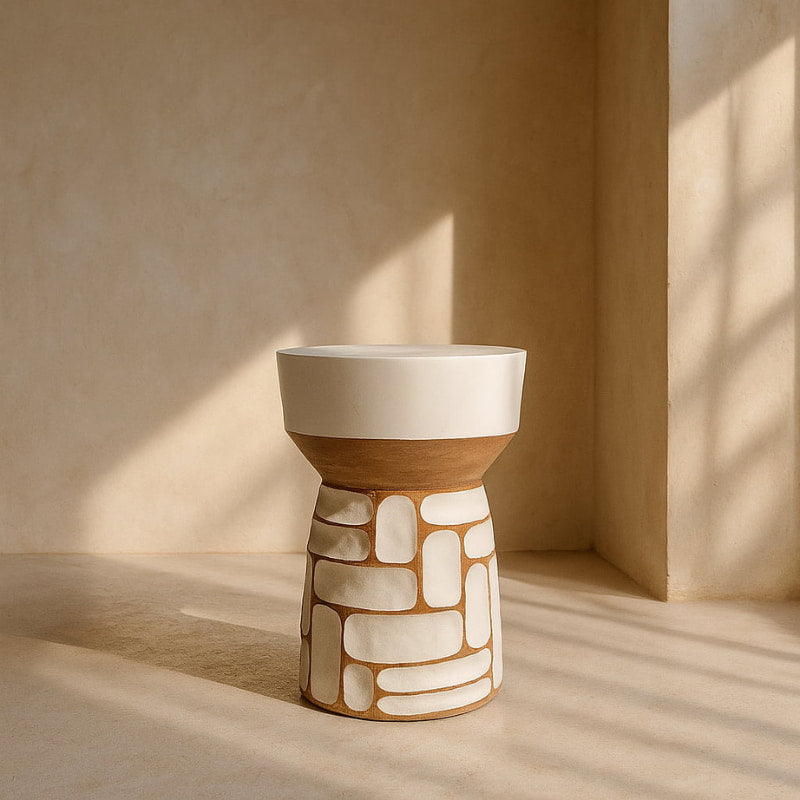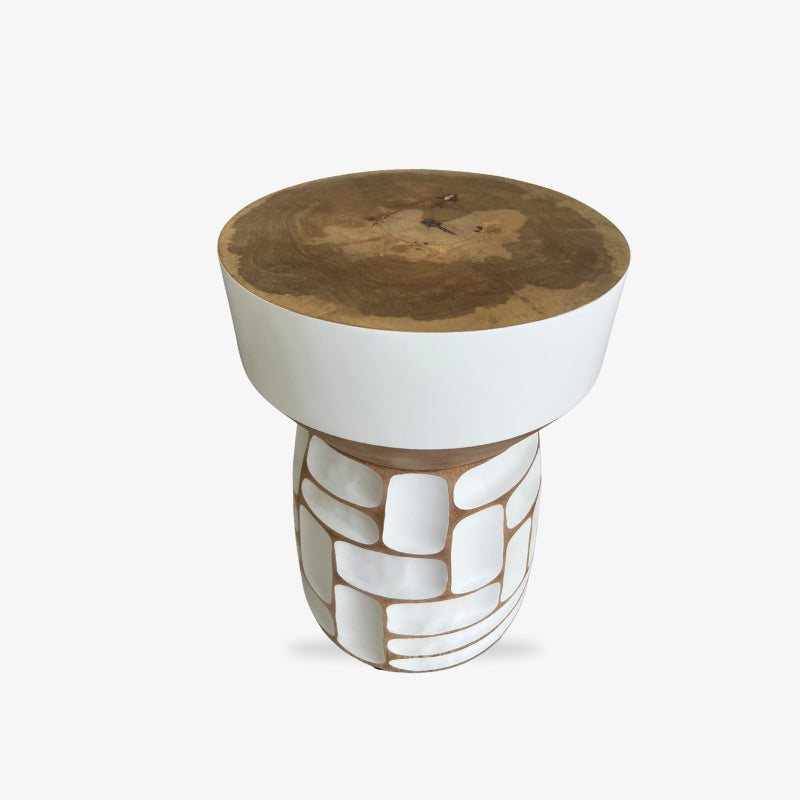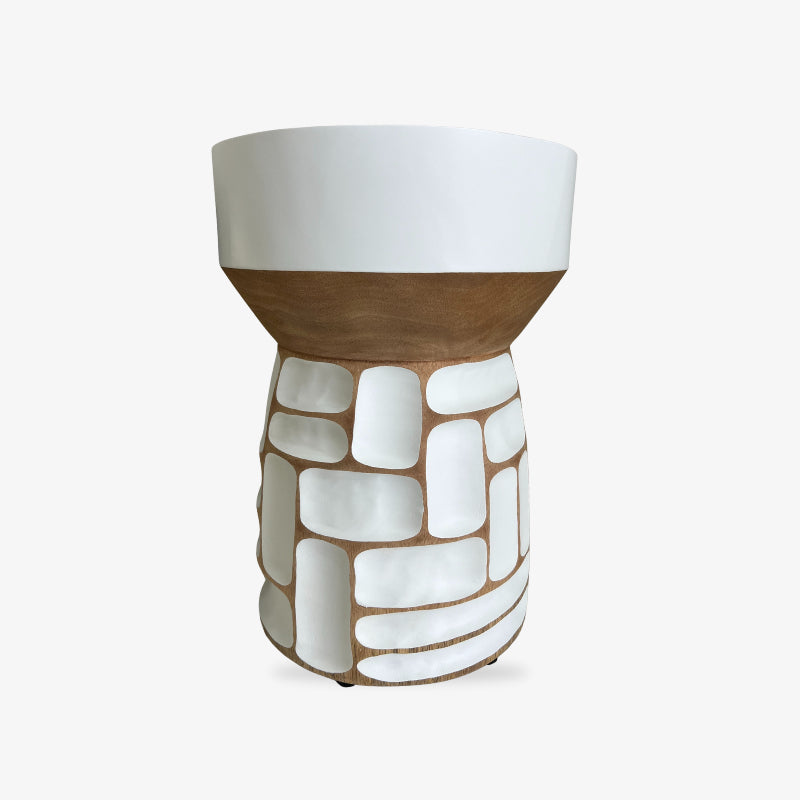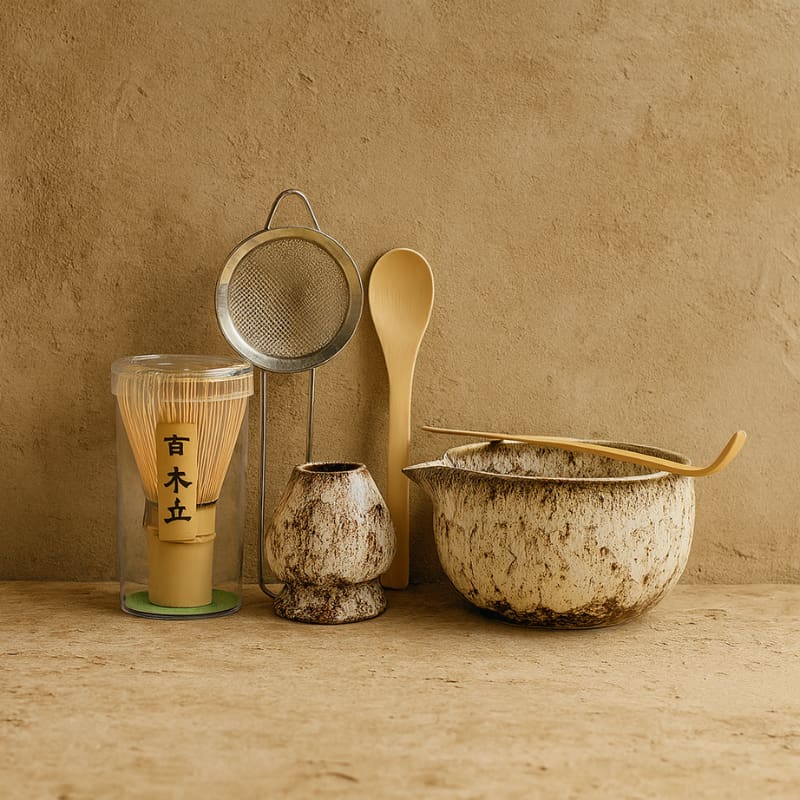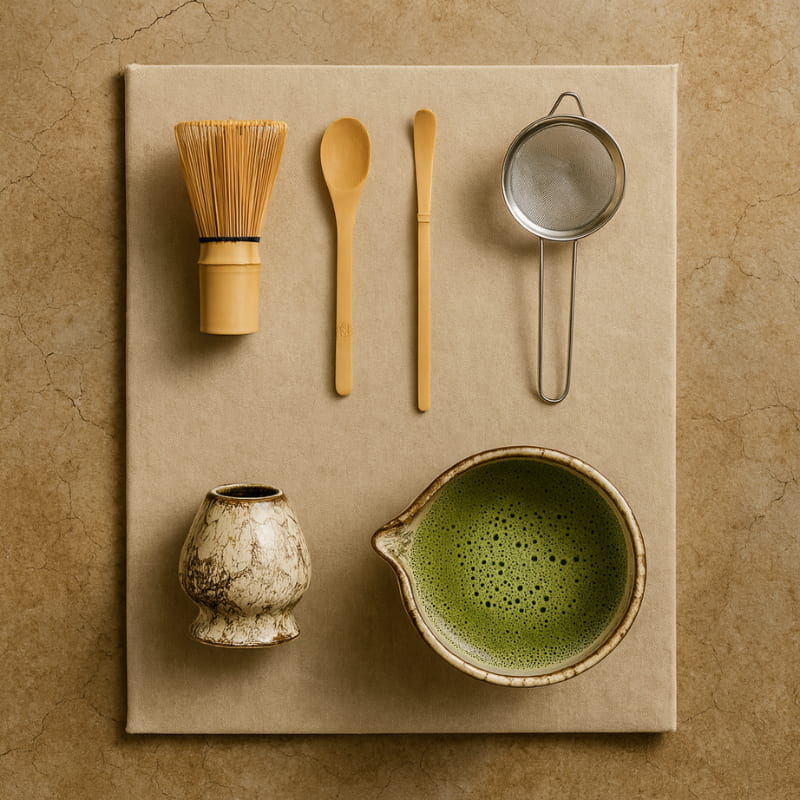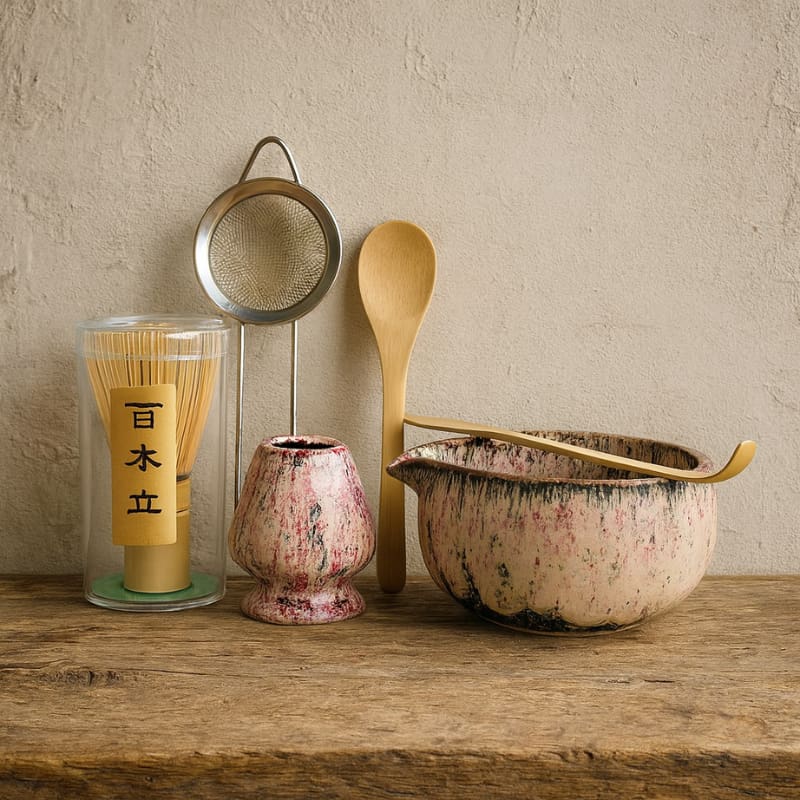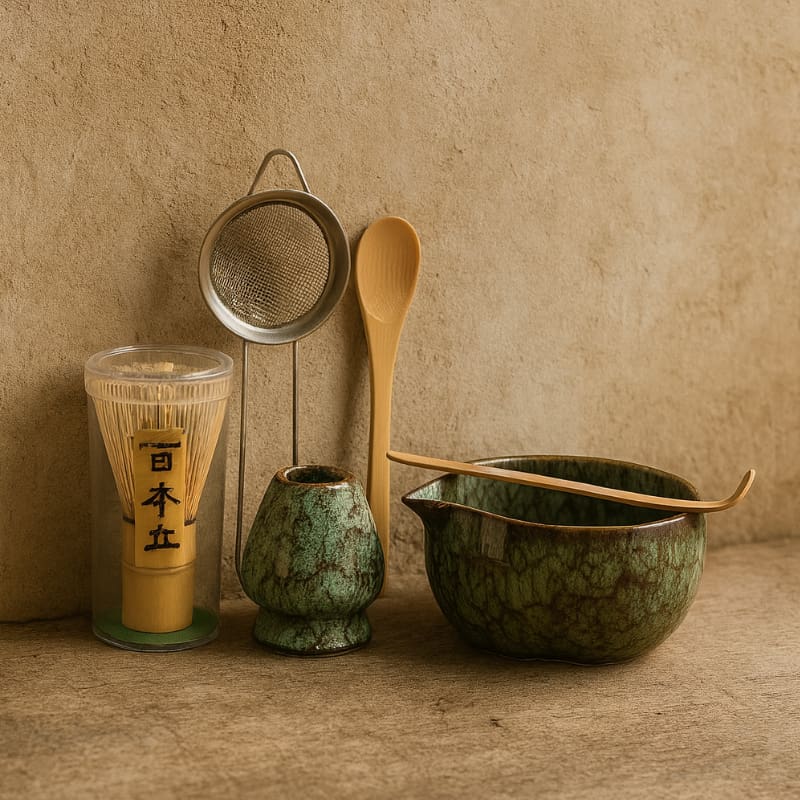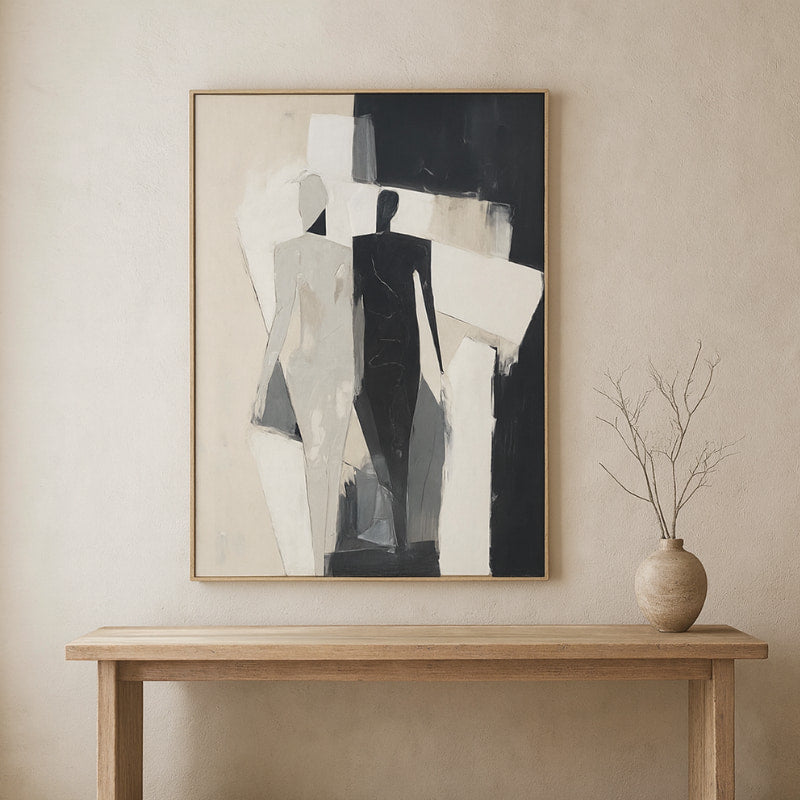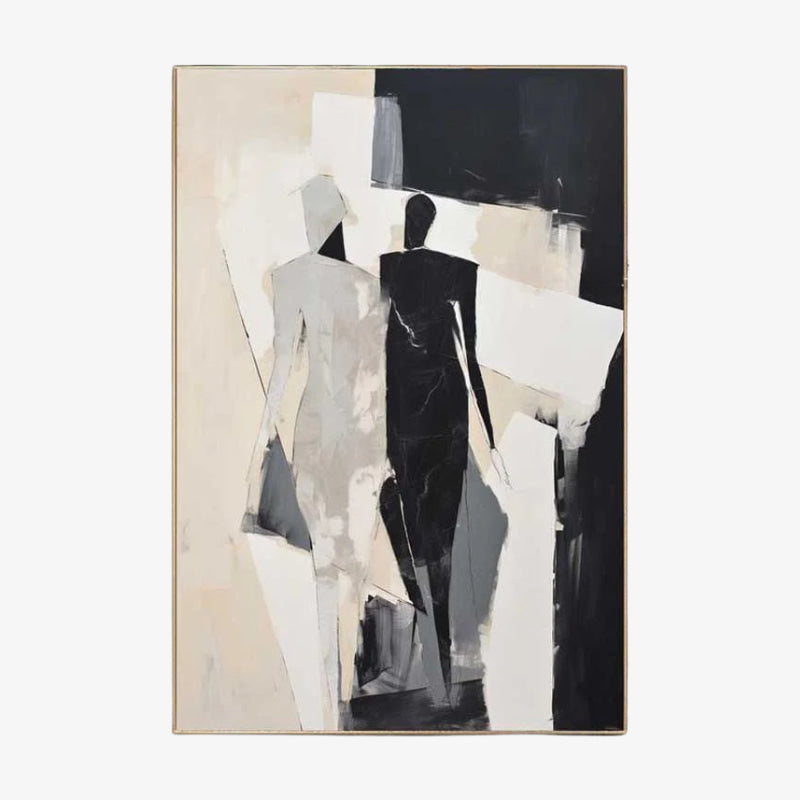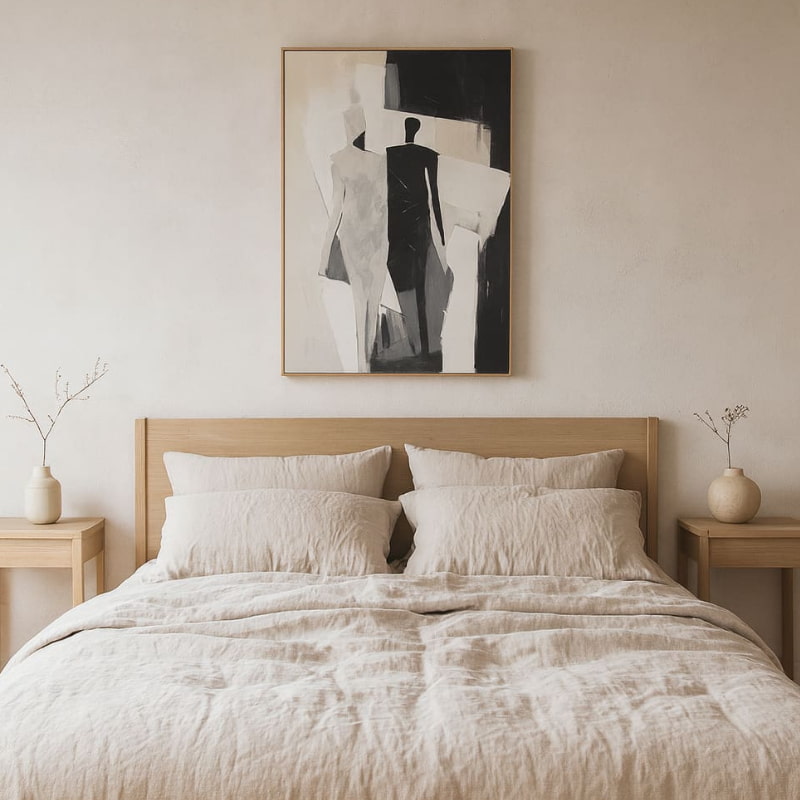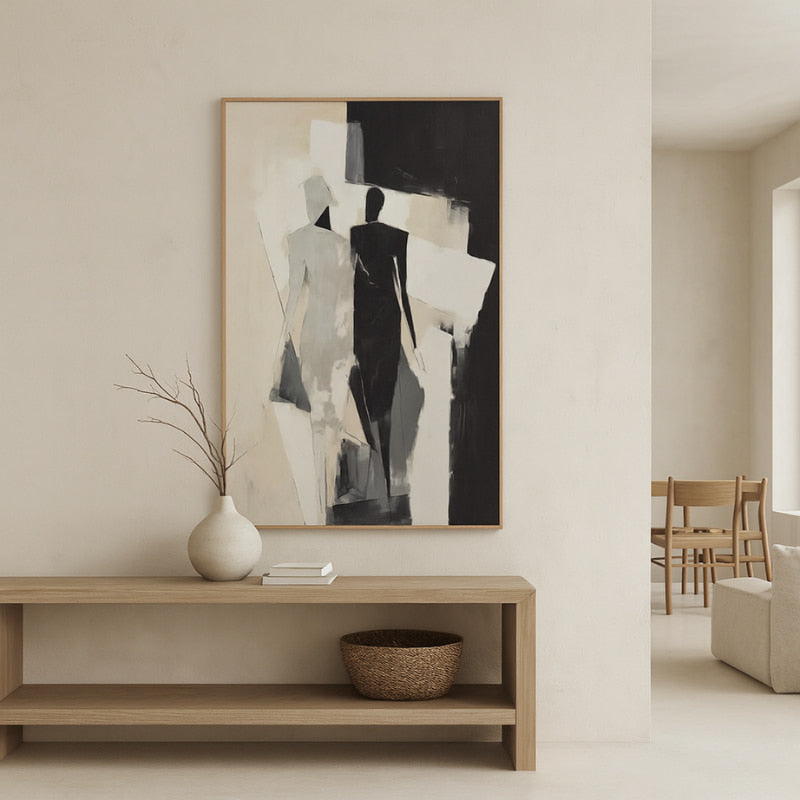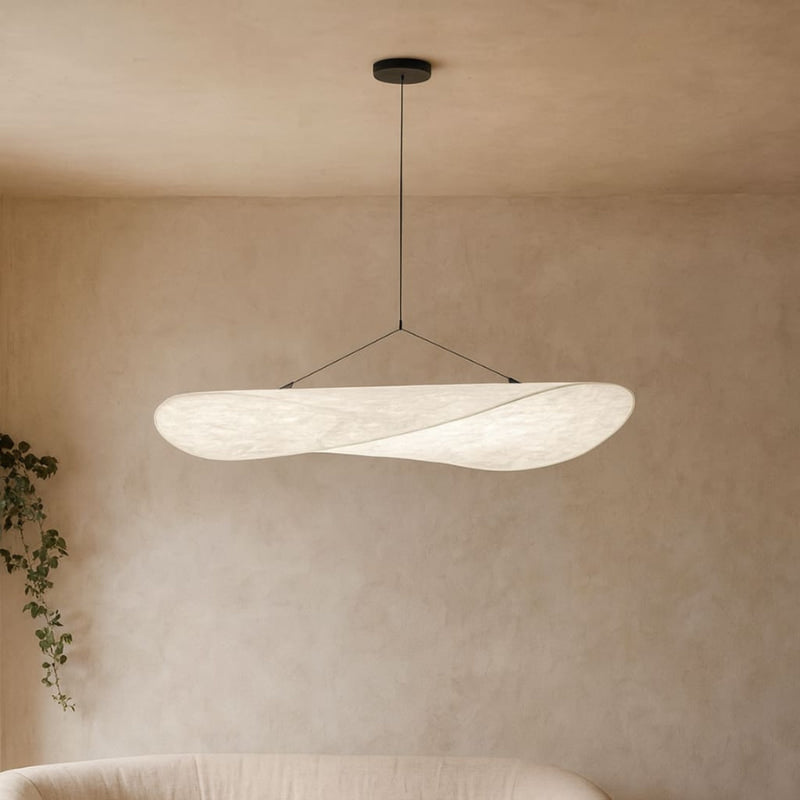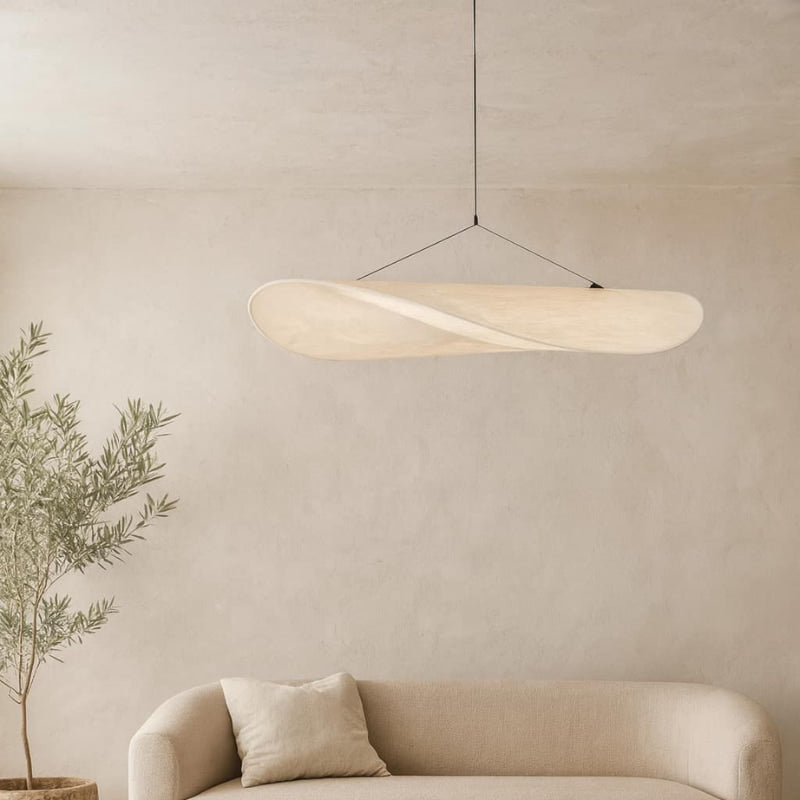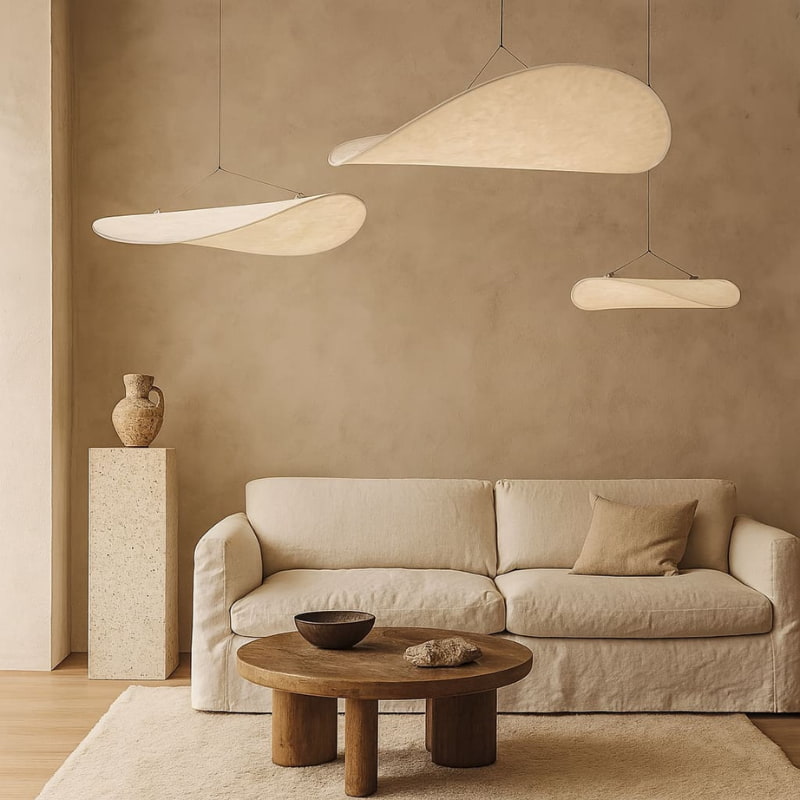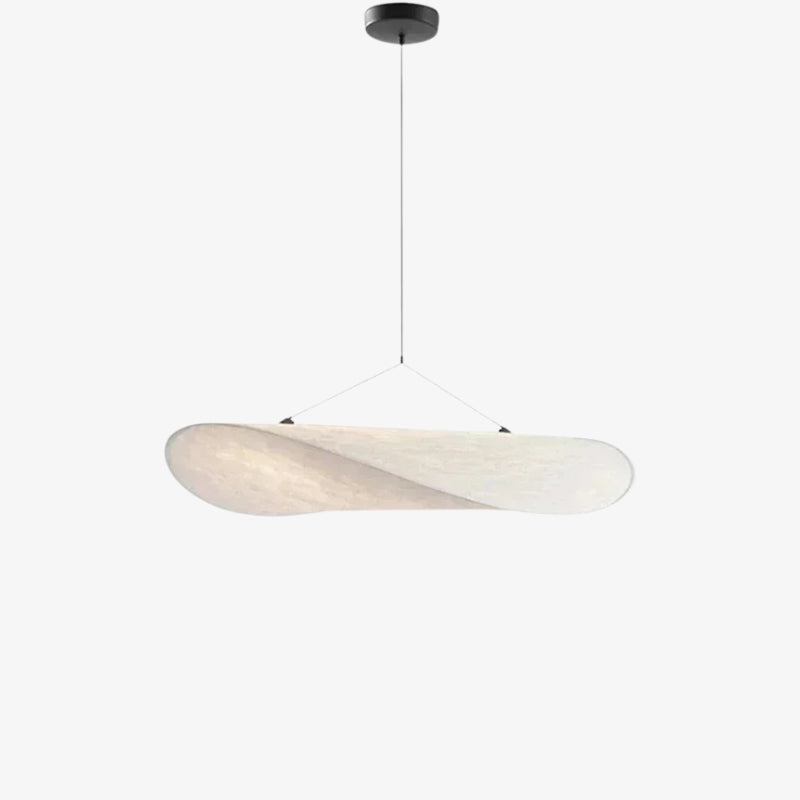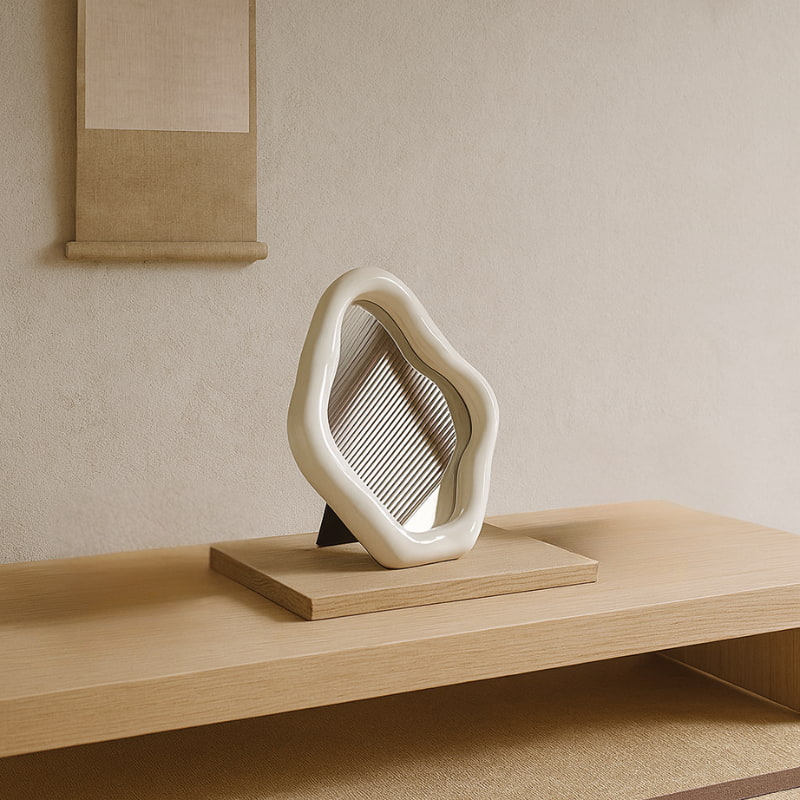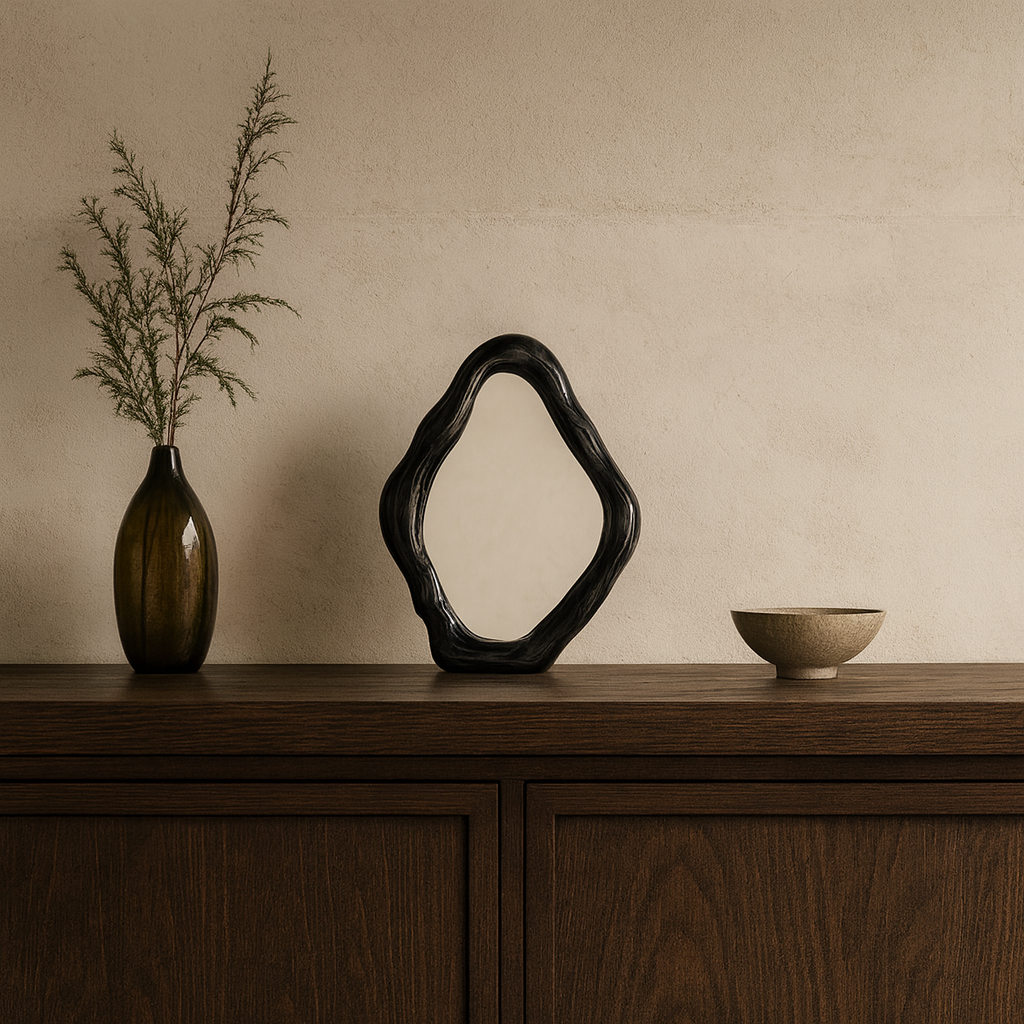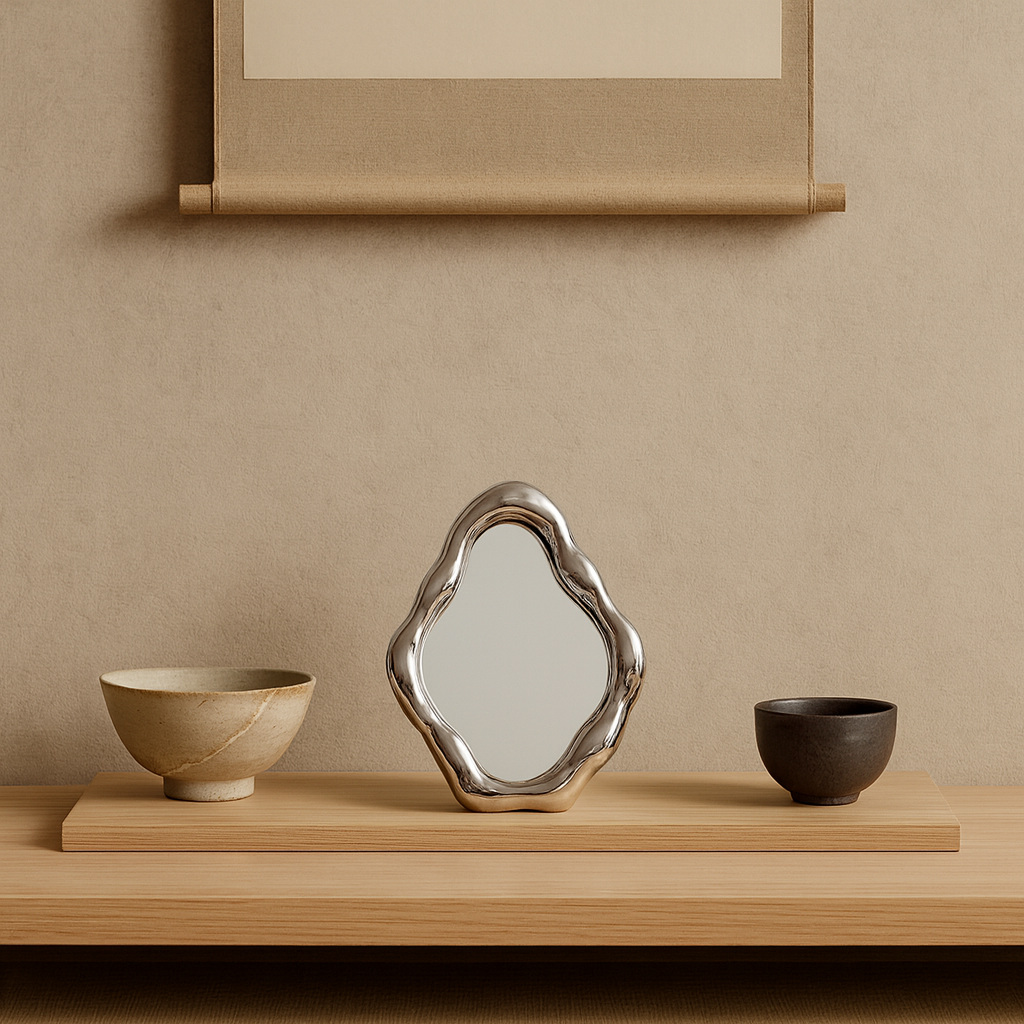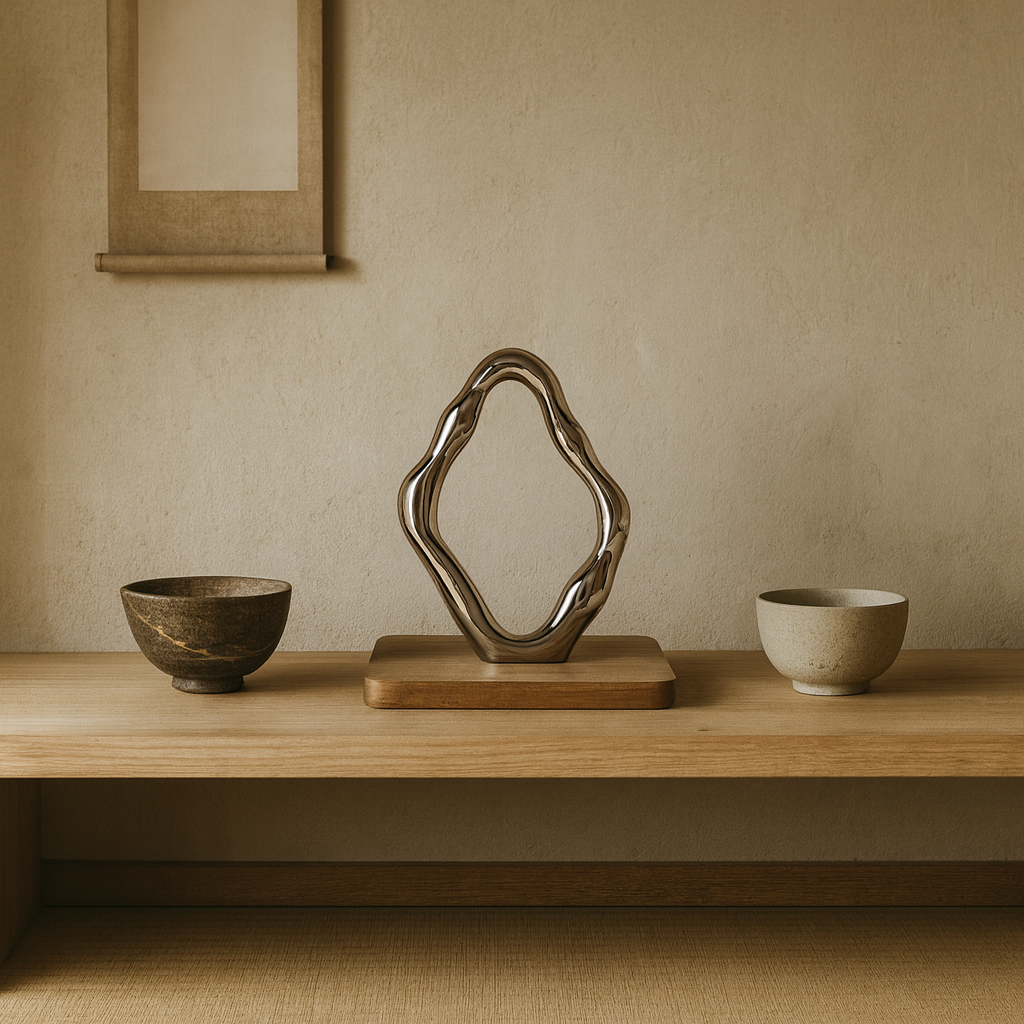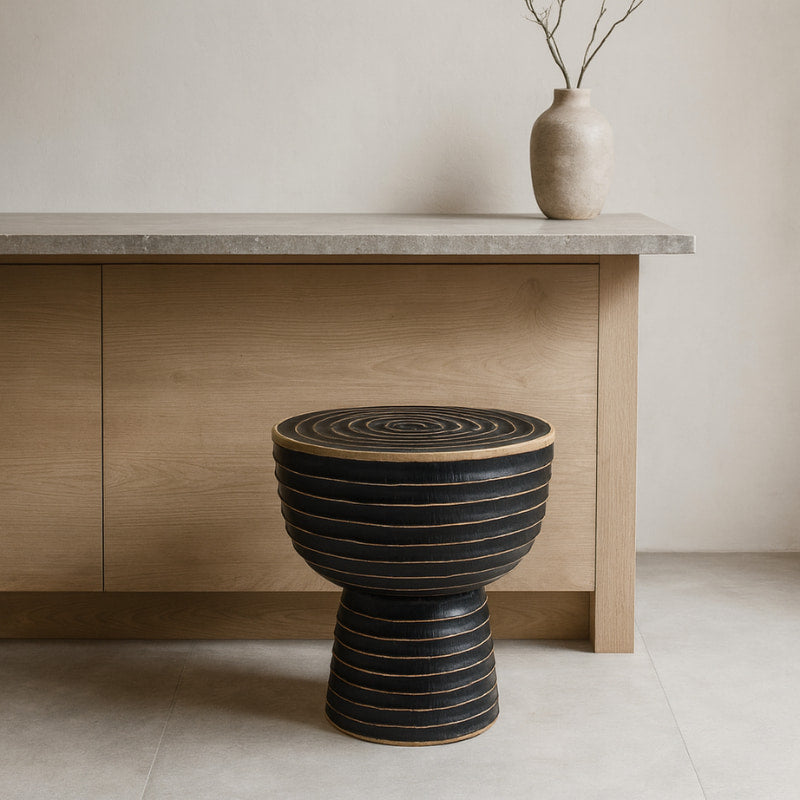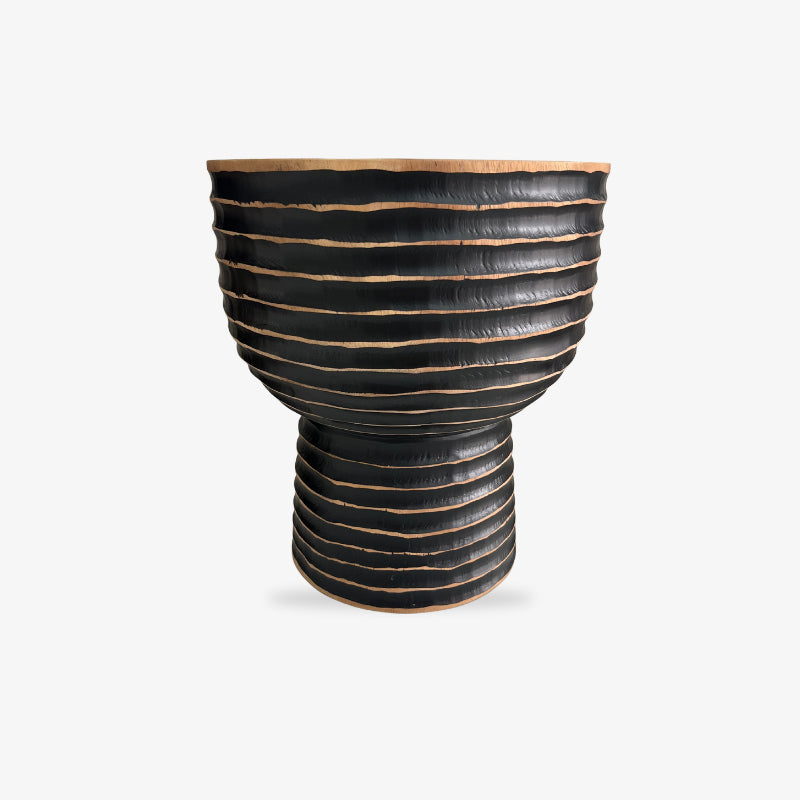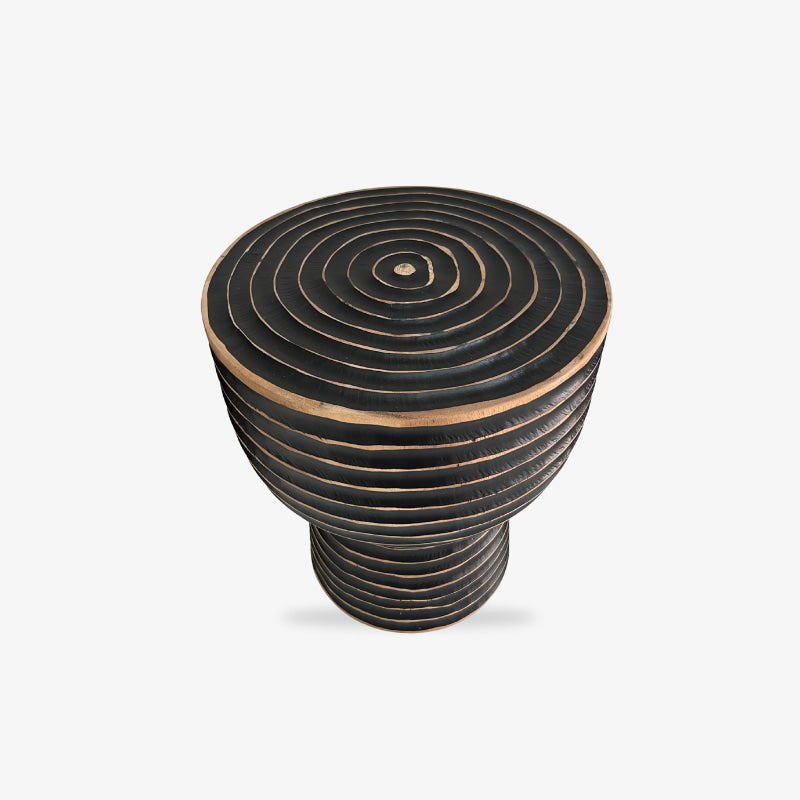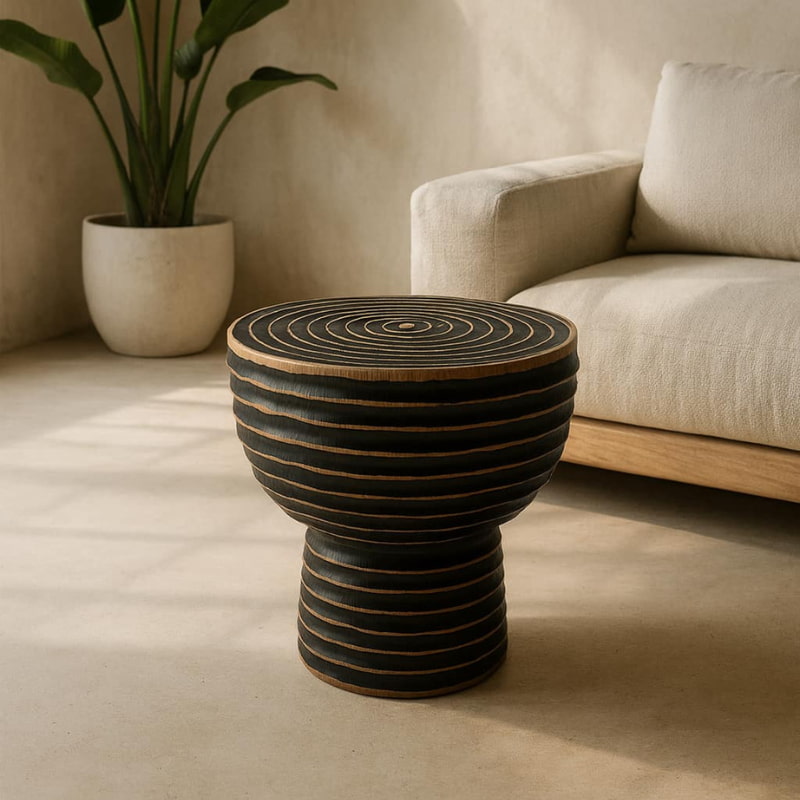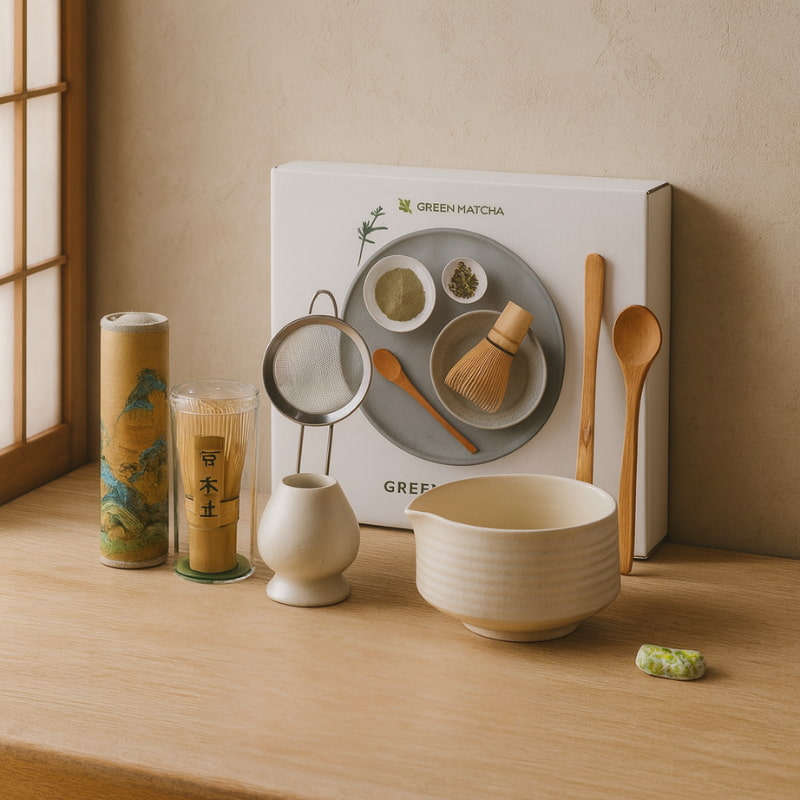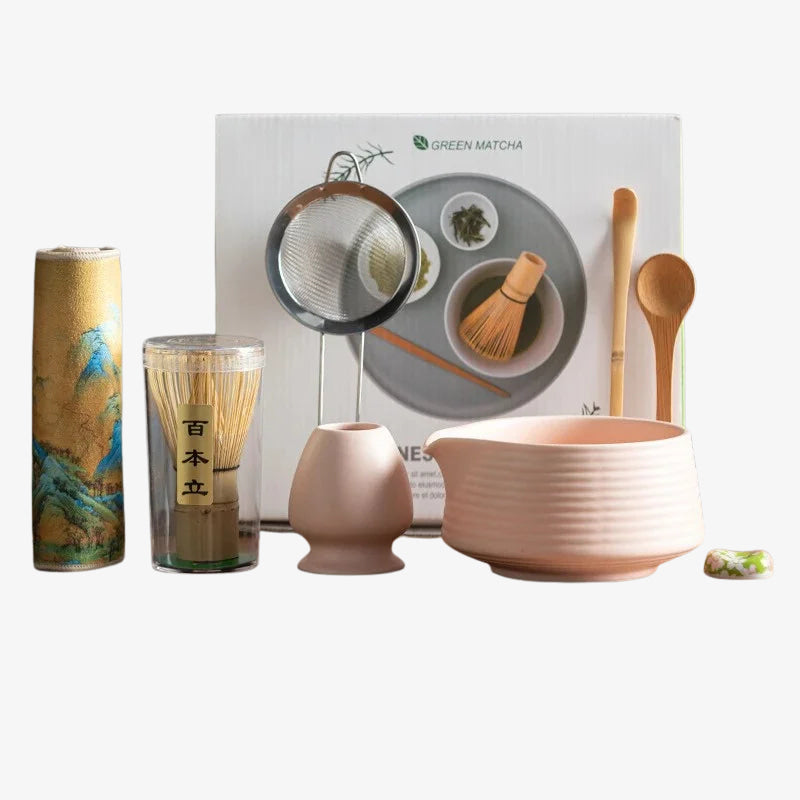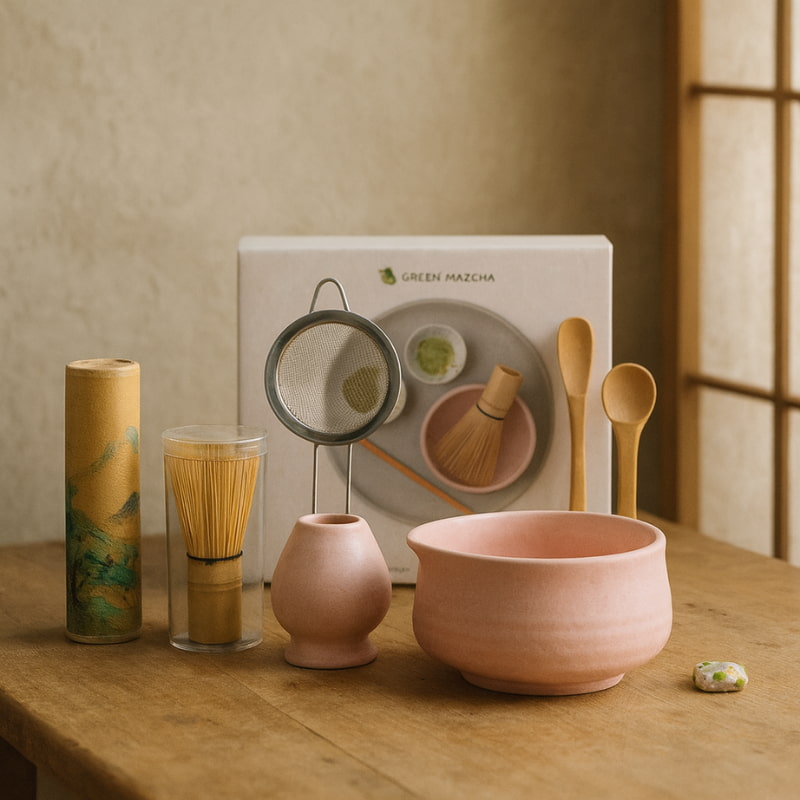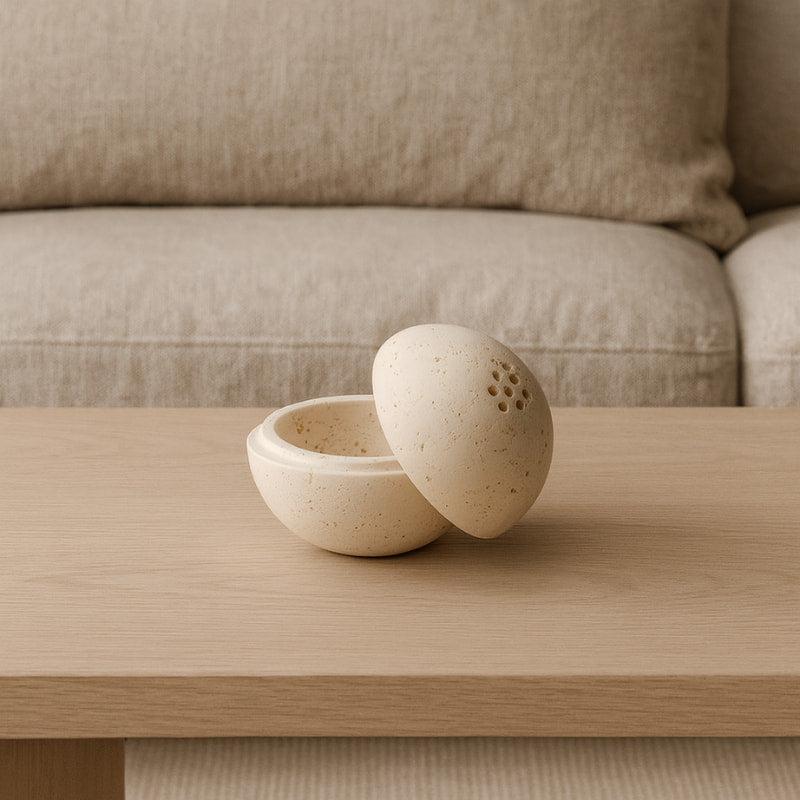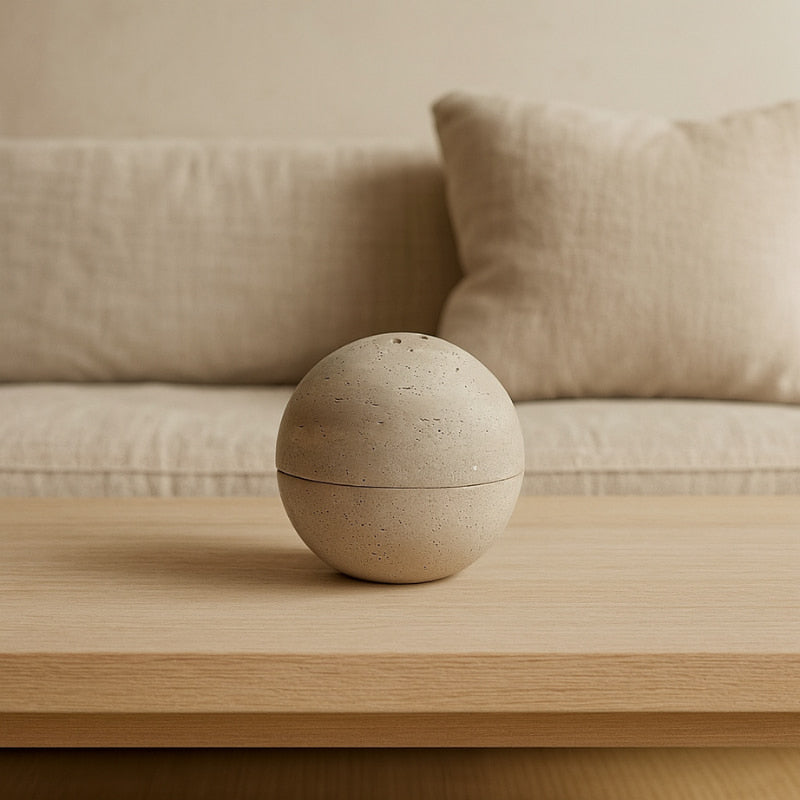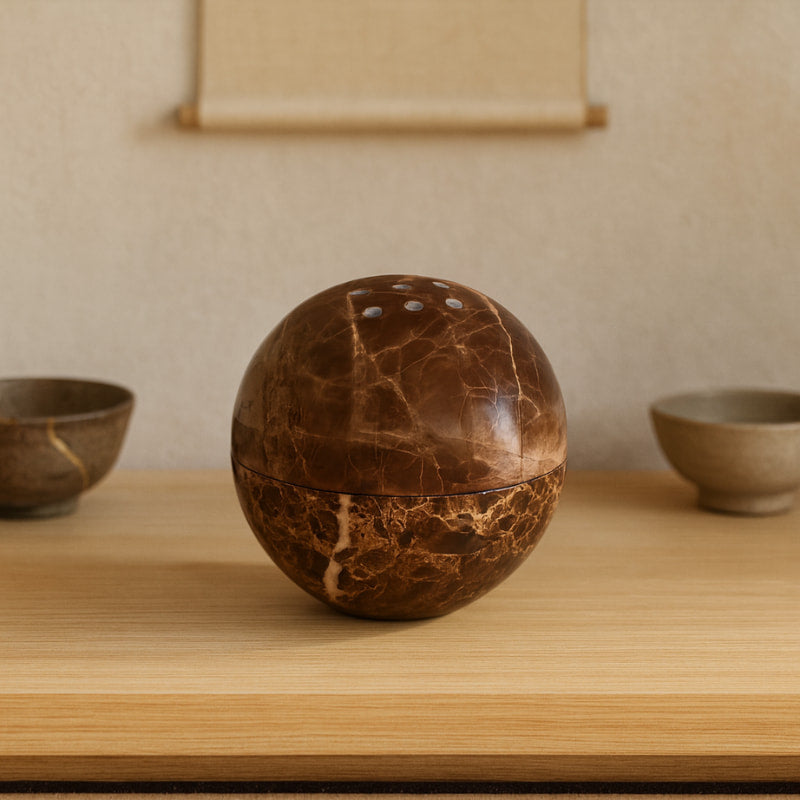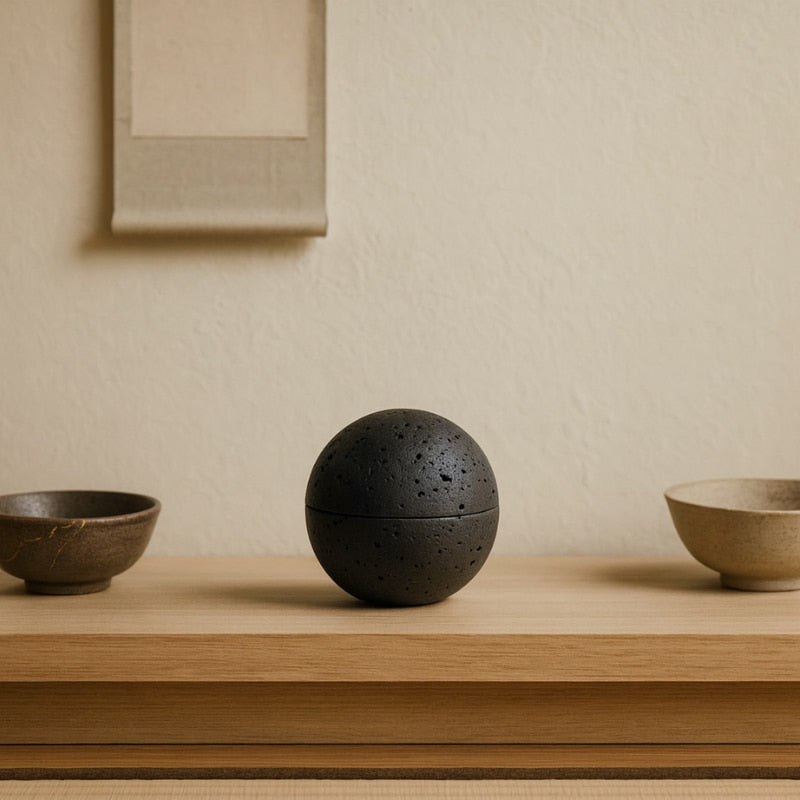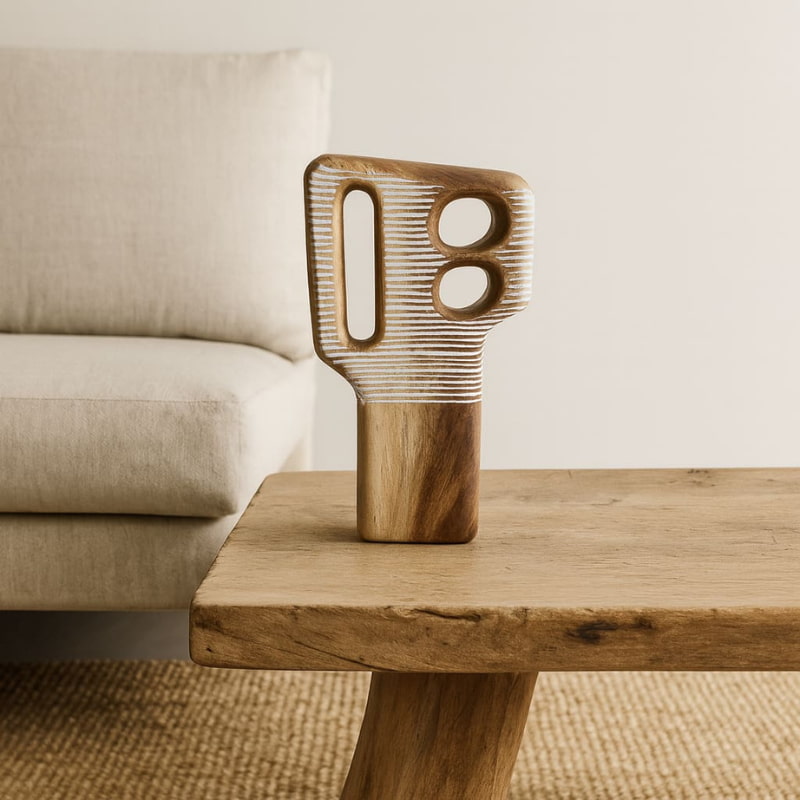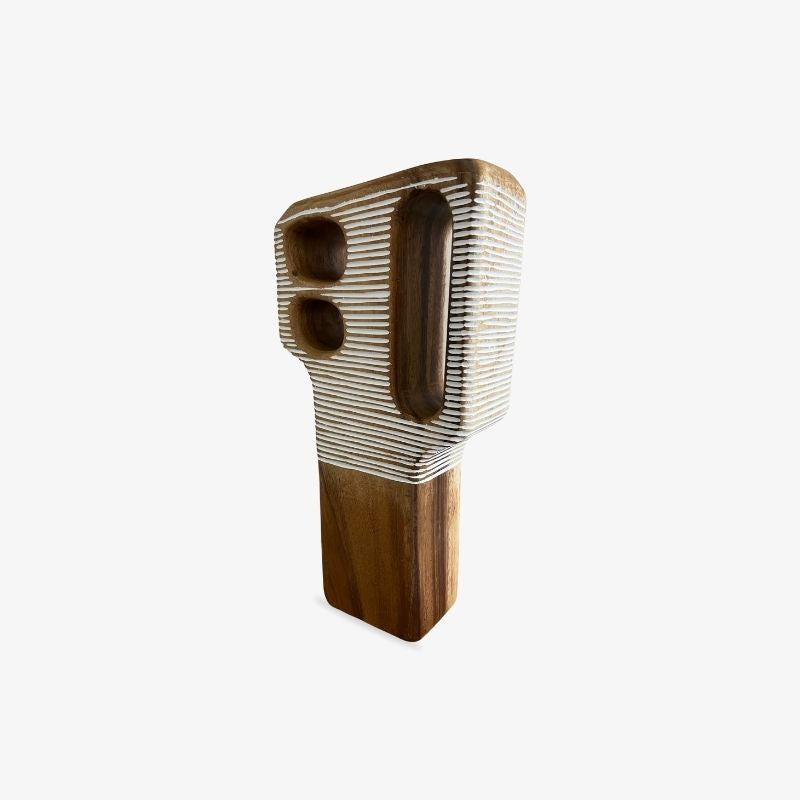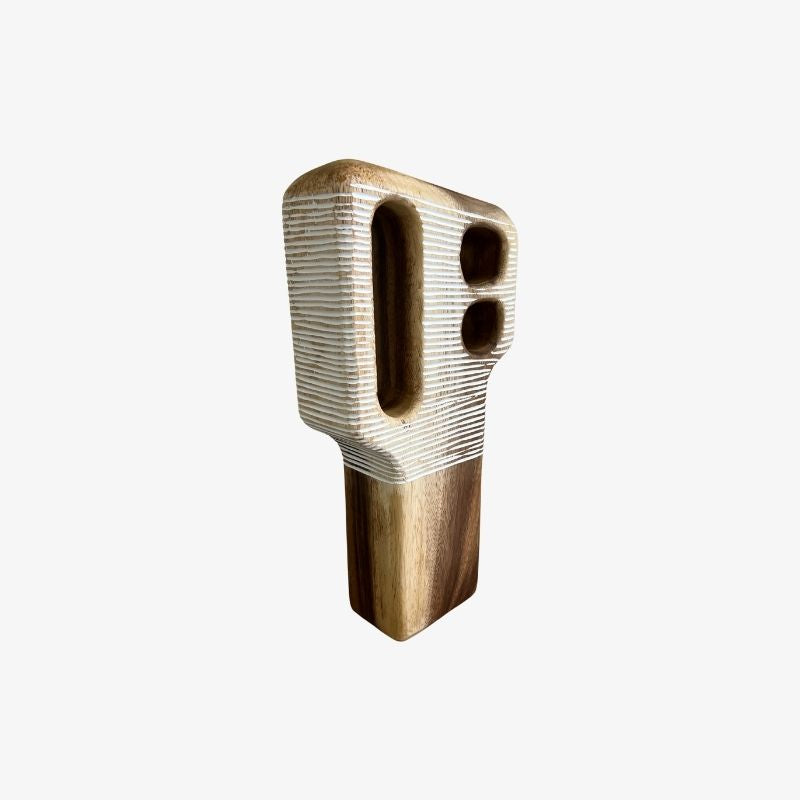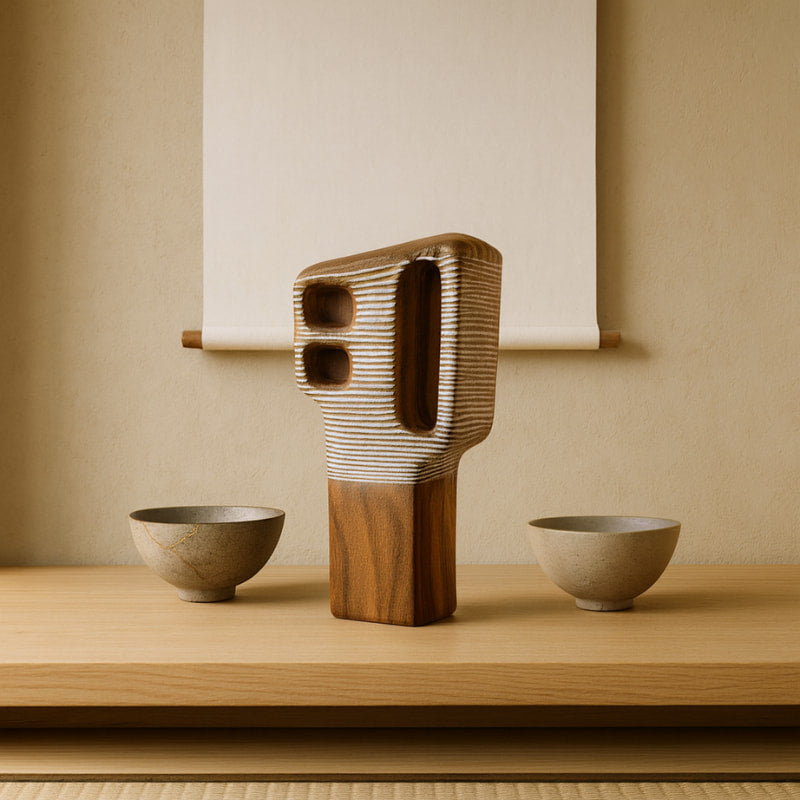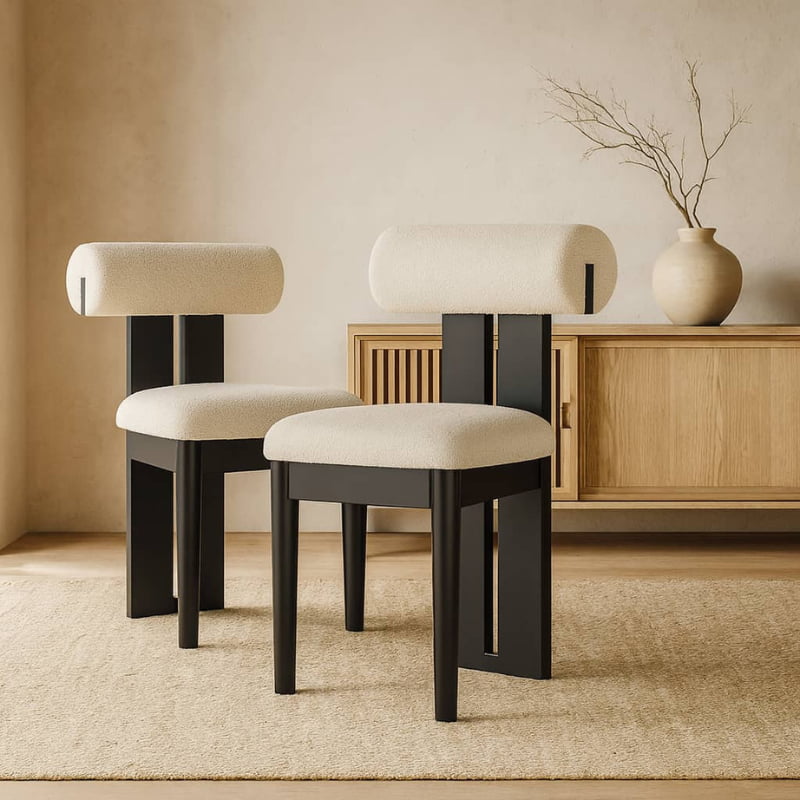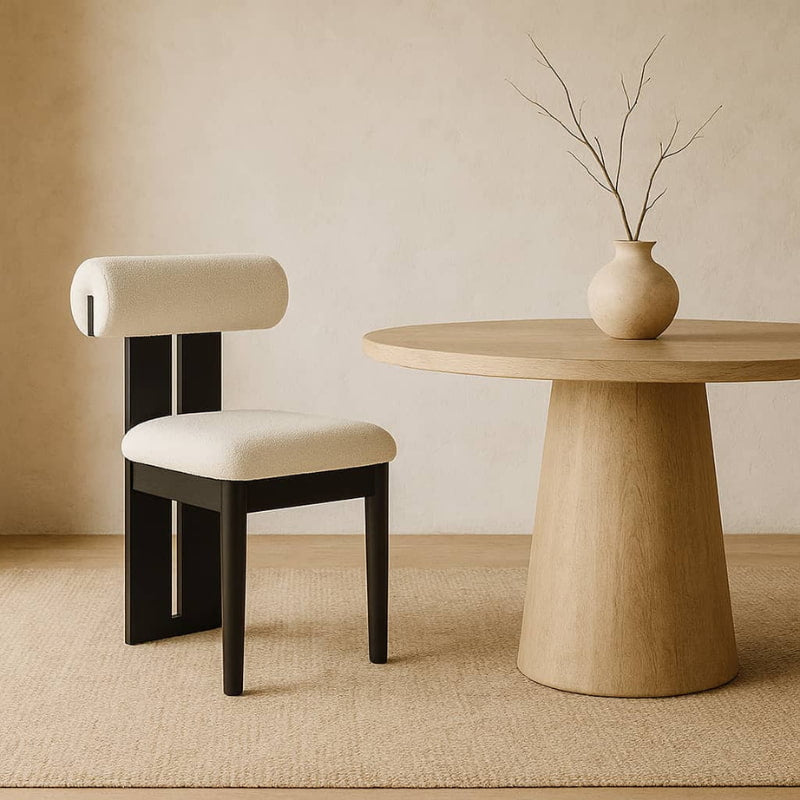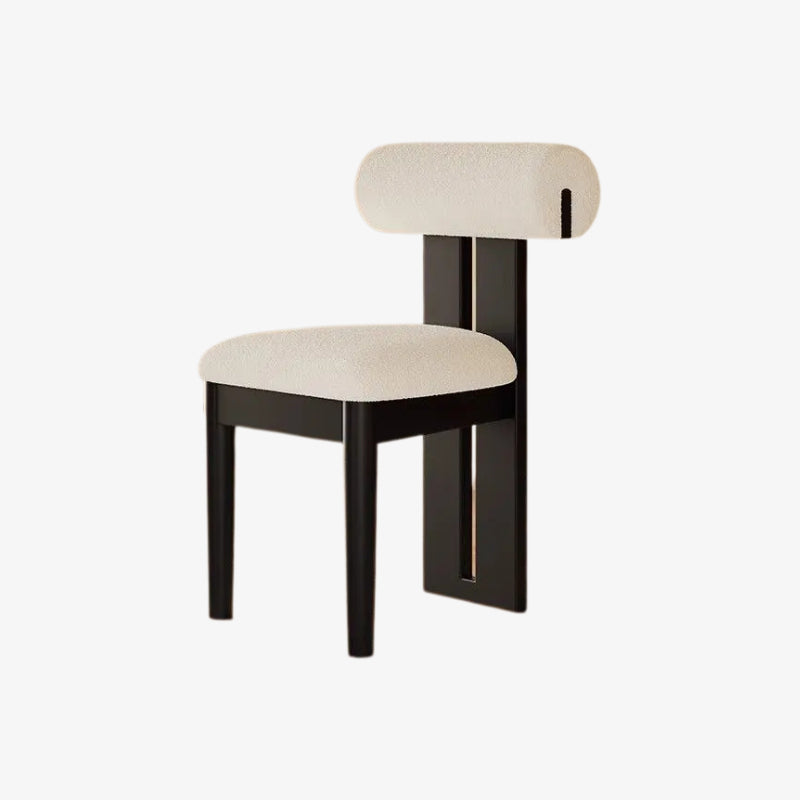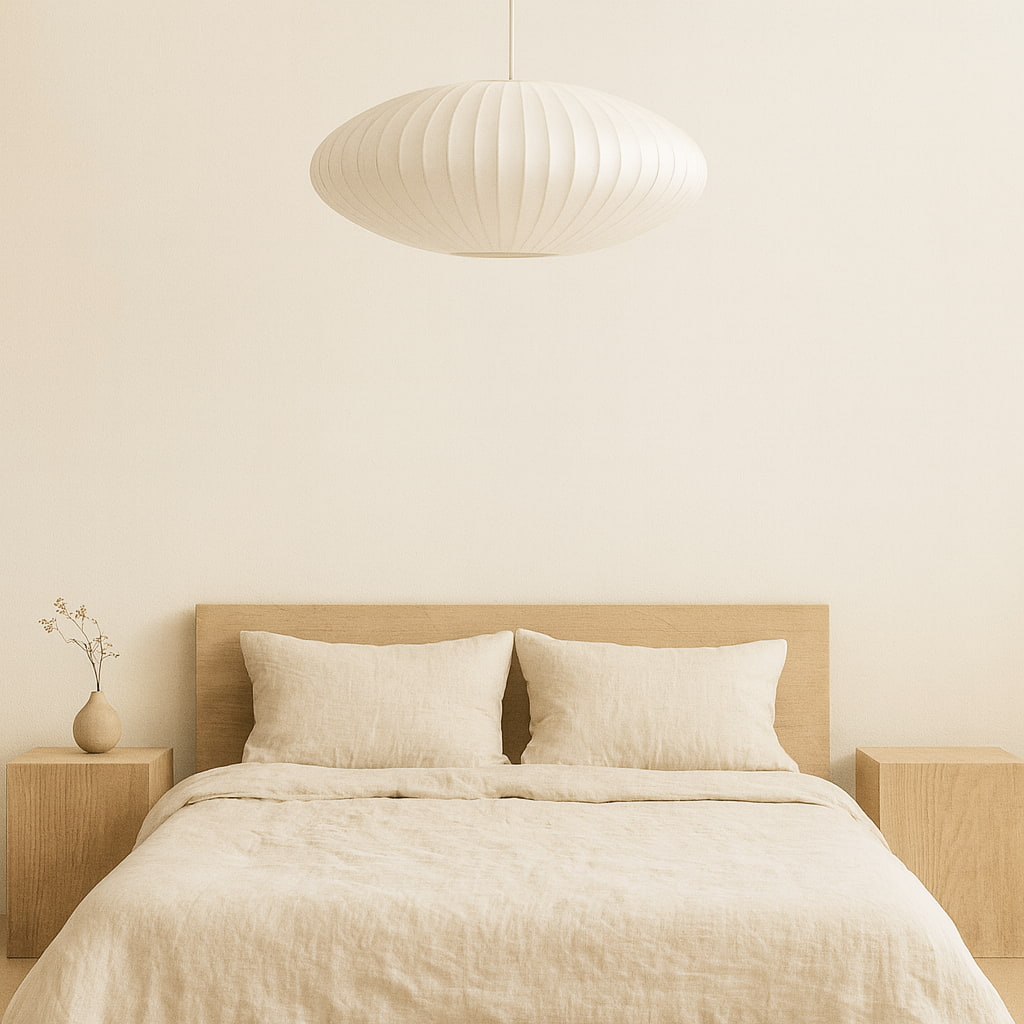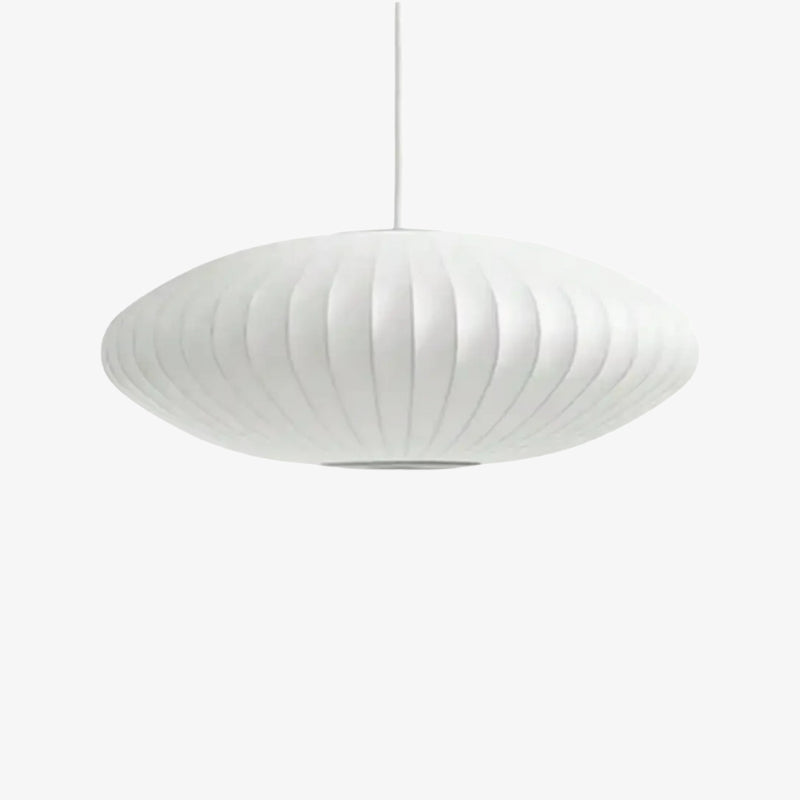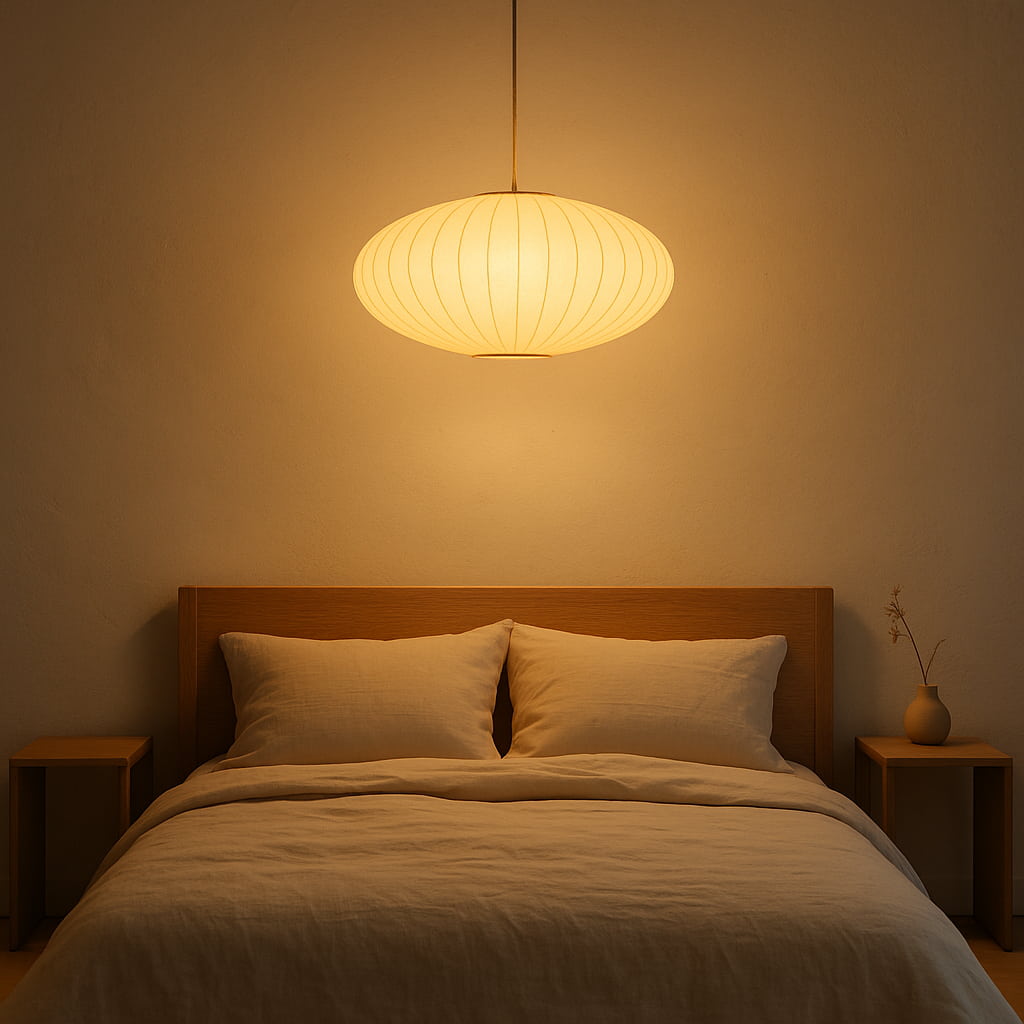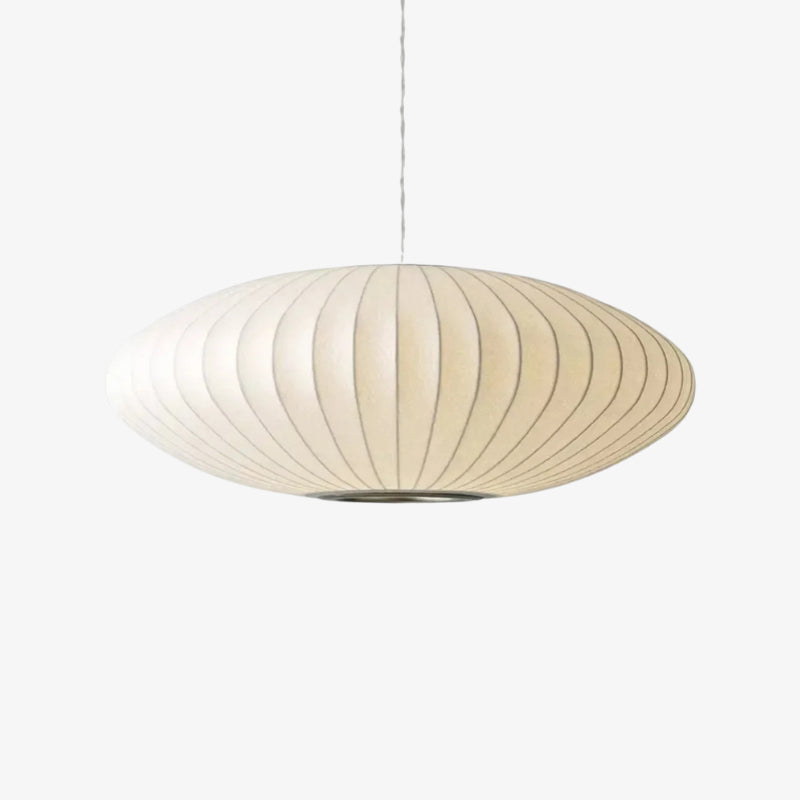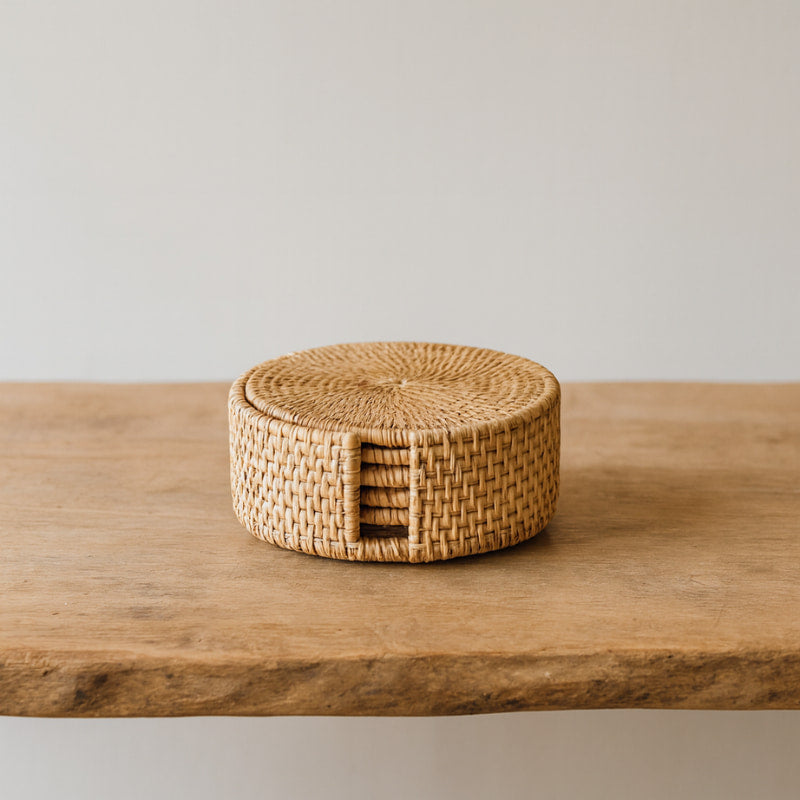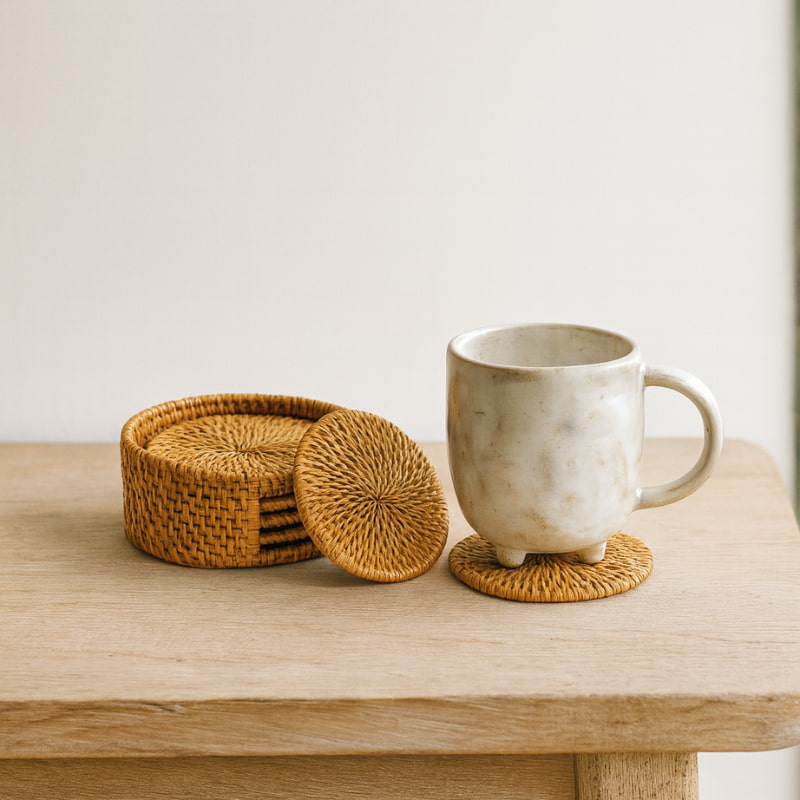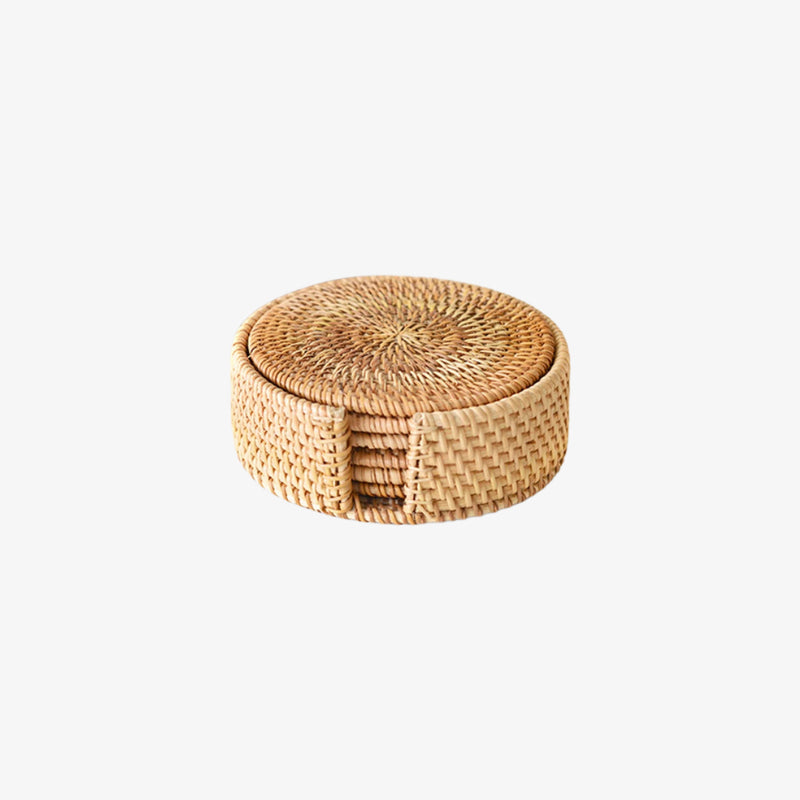Elevate your interior with Wabi Sabi Decor: natural materials, quiet tones, and beautiful imperfection that create a calm, timeless home

Natural tones meets Wabisabi Home decor style
WabiSabi Decor is more than a home furniture store. We embody the beauty of imperfection and the quiet strength of natural design. Our mission is to bring balance and authenticity into modern interiors through carefully crafted pieces inspired by Japanese aesthetics. Each collection is shaped to reflect simplicity, raw textures, and the timeless character of nature.
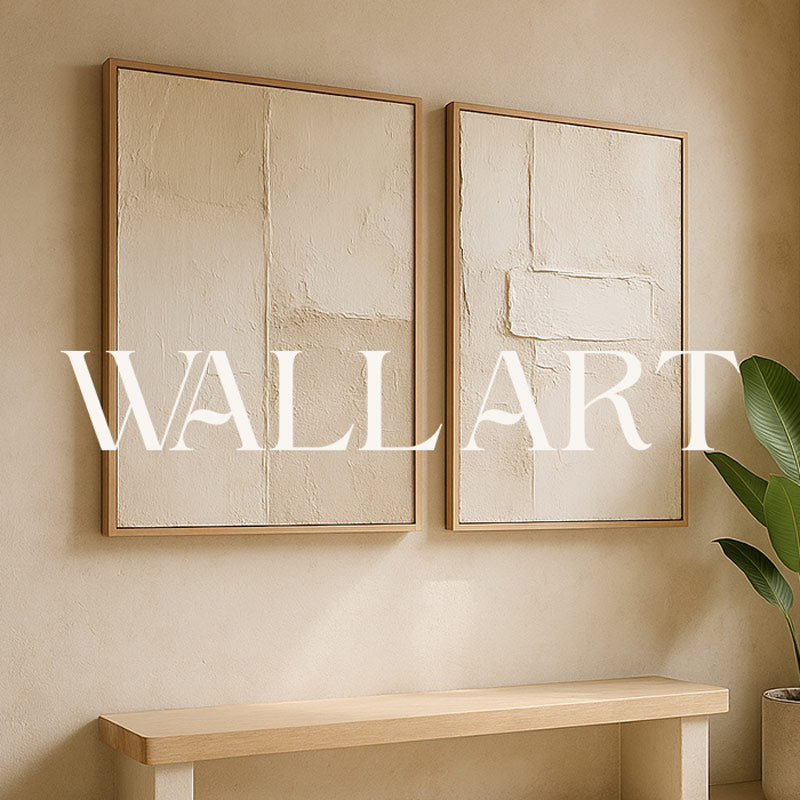
Hallway statements via Wabi Sabi Wall art prints
From calming wall art to handcrafted lighting, refined furniture, and subtle decor accents, we offer creations that transform any space into a serene retreat. Every item in our selection carries the essence of Wabi Sabi Beauty, celebrating elegance in the unfinished and harmony in the understated.
Best Sellers
Wabi Sabi Handmade Kitchen Stool
Wabi Sabi Decor began with two friends who share a passion for interior design and wabi-sabi minimalism. The brand values simplicity, authenticity, balance, and calm living. It highlights natural textures, soft neutral palettes, and spaces that breathe. Each collection focuses on minimalist interior design and Japandi style, pairing wood, stone, clay, and linen with clean lines and practical comfort. The goal stays clear: help people shape serene, timeless homes with wabi-sabi style, mindful styling, and fewer, better choices.
Invite calm into the home with texture, shadow, and honest materials. This Wabi Sabi decor edit brings hand-finished wood, stone, clay, and linen together so rooms breathe and people slow down. The palette stays earthy, the lines stay simple, and the focus lands on touch as much as sight. When the eye rests, the mind follows, and the space begins to feel lived-in and welcoming rather than staged or loud. Midway through this gallery of objects, readers meet the phrase Wabi Sabi Decor as a clear signal that every choice favors authenticity over gloss.
Read more
Calm, authentic living grounded in Wabi Sabi Meaning
Root the space in purpose and story. In Japan, artisans embrace asymmetry, natural fibers, and time-marked surfaces because they carry memory and warmth. Walls appreciate quiet texture, floors earn character with use, and objects tell their history through small irregularities. Guides that help newcomers decode the philosophy often explain the idea as Wabi Sabi Meaning placed inside the design process itself, not as a trend but as a lens for choosing what stays and what goes.
Let the eye read softness before it reads color. Limewashed walls, cedar or oak with grain on show, and woven flax or hemp create a gentle rhythm across a room. The look rejects plastic shine and short-lived finishes; it celebrates wood knots, clay specks, and hand stitches. In mood boards where clients seek warmth without clutter, stylists often describe the quiet magnetism as Beauty Wabi Sabi Nature because the appeal grows from use and restraint, not from decoration alone.
Use motifs with intention rather than abundance. A crescent moon, a crane, or a wind-swept pine can anchor a corner, while an empty span of wall gives that motif room to breathe. The goal is not to fill every surface; it is to balance weight and air. When curators discuss cues that carry meaning without shouting, they sometimes reference a guiding phrase like Symbol Wabi Sabi so buyers learn how one sign can hold a feeling for the whole room.
Connect craft and imagery so objects speak the same language. A hand-brushed scroll next to a rough coil pot, or a carved wooden tray under a single-stem vase, creates dialogue between line and mass. Galleries that mix painting, calligraphy, and clay often file these pieces under Wabi Sabi Art in their notes, not to box them in but to show how traditional techniques still serve rooms that value quiet, lasting presence.
Features and benefits shaped by Beauty Wabi Sabi Nature
Choose furniture that respects proportion and touch. Low tables, open shelving, and benches with visible joinery keep rooms grounded and easy to read. Woods with straight grain calm the silhouette, while hand-rubbed finishes invite the hand. Buyers who search for durable, human-scale pieces often pause mid-description at the term Wabi Sabi Furniture because it points to construction that ages gracefully rather than demanding constant polishing.
Shape light so it flatters texture. Paper shades soften glare, linen diffusers glow at dusk, and clay or rattan pendants throw gentle patterns on plaster. Floor lamps with dimmers ease from task to evening mood, and small table lights lift alcoves without noise. In product copy that talks about warmth and shadow, editors frequently place the phrase Wabi Sabi Lighting to mark fixtures that support slow evenings and clear mornings instead of harsh brightness.
Let walls carry art that breathes. A single ink landscape, a textile panel with visible weave, or a monochrome print with generous margins keeps the gaze steady. Frames stay thin and quiet, mats use natural tones, and spacing matters as much as the piece itself. Catalogs that group scrolls, prints, and textiles under one header often include Wabi Sabi Wall Art in the middle of the paragraph so buyers see how negative space works as part of the composition.
Put clay and glaze to work every day. Bowls with finger marks, cups with sand-speckled bases, and plates with soft rims make meals feel grounded and unhurried. Open shelving lets the silhouettes layer like a small landscape. Studio pages that champion hand-thrown pieces often reference Wabi Sabi Ceramics mid-sentence to explain why tiny variations in shape and tone count as assets, not defects, at the table.
Design the sleeping area for recovery rather than display. Low frames, natural-fiber bedding, and a narrow bedside ledge keep the sightline calm. One plant or a small stone tray adds texture without clutter. In room guides that call for darkness, airflow, and tactility, writers sometimes highlight the phrase Wabi Sabi Bedroom to capture a setting that rests the eye and body with the fewest possible moves.
Plan the home as a whole, not as isolated corners. Repeat materials across rooms, keep the palette consistent, and let textures do the talking. Floors, walls, and textiles share the same family of tones so pieces can move as life changes. When designers present this holistic approach for clients, they often place Wabi Sabi Interior in the center of the brief because the method reduces visual noise while raising warmth.
Give each room a job and stick to it. An entry should welcome, a living room should host conversation, and a dining corner should slow the meal. Storage hides what distracts, open surfaces honor what matters. In case studies that describe this clarity, stylists use the concise tag Wabi Sabi Interior mid-explanation to show how restraint turns into comfort over months and years.
Buying guide for Wabi Sabi Furniture and a cohesive Wabi Sabi Interior
Start with anchor pieces and build around them. A low table, a simple sofa with linen slipcovers, and a storage bench can shape a living room that never shouts. Add a jute or wool rug with a quiet weave and a single paper pendant to finish the frame. Clients who want art that supports this architecture often read mid-paragraph notes about Wabi Sabi Artwork because these prints, scrolls, and textiles keep posture and breathing in mind along with style.
Equip the kitchen for touch and rhythm, not for show. Open wood shelves display everyday bowls and cups, a stone or wood board lives on the counter, and a single rail holds tools within reach. Choose pans that age well, knives that hold an edge, and storage that keeps grains and tea in plain sight. Specialists who curate practical, tactile cooking spaces frequently drop Wabi Sabi Kitchen into their lists because the room earns beauty through daily work, not through gloss.
Use textiles to tune mood. Heavy linen curtains slow light in summer afternoons, while cotton floor cushions invite reading and conversation without formal seating. Throws with visible weave sit across benches and beds, and a hand-stitched runner grounds a console. When stylists describe this layered approach to comfort, they often refer to a broader Wabi Sabi Style that values breathability, repair, and longevity over constant refreshes.
Consider climate and geography when building the palette. Coastal homes handle salt and sun, city apartments need dust-friendly surfaces, and warm regions reward breezier fabrics and lighter hues. Design notes that speak to sunny, ocean-adjacent markets sometimes mention Wabi Sabi Miami in the middle of a paragraph to show how stone, limewash, and linen hold up beautifully under bright light and sea air while keeping rooms serene.
Layer art with restraint so walls never feel busy. One scroll above a console, a single large print opposite a window, or a textile flanked by two sconces creates balance without crowding. Keep breathing room around each frame and let shadows participate. Galleries that teach this placement habit often discuss Wabi Sabi Art as a family of choices that thrive on space, margin, and quiet light rather than on quantity.
Choose portable accents that tell the same story as the big pieces. A hand-planed tray, a tetsubin on a trivet, or a carved stool can migrate as seasons change. Small moves refresh a room without buying more than needed. In editors’ notes that promote responsible, slow decorating, a mid-sentence reference to Symbol Wabi Sabi can remind readers that one well-chosen motif carries more feeling than a shelf full of ornaments.
Balance price and craft with honest criteria. Ask about wood species, finish type, and joinery; check whether a rug sheds or lies flat; test a lamp shade for diffusion rather than brightness alone. When curators share checklists that make shopping easier, they sometimes include the shorthand Wabi Sabi Furniture in the middle of a paragraph to anchor expectations around touch, scale, and durability rather than novelty.
Care and styling tips that honor Wabi Sabi Art and daily living
Maintain wood, stone, and clay with light hands. Dust weekly with a soft brush, wipe spills quickly, and use coasters or trays to protect surfaces without hiding them. Oil cutting boards and wood trays as needed, and let patina form where the hand lands every day. In practical guides that prioritize daily rituals, writers often place Wabi Sabi Interior midway through a tip to reinforce that small, steady routines beat heavy products.
Tune light across the day. Dim pendants at dusk, add a table lamp near a chair, and let candles mark the final hour. Avoid cold, flat light that erases texture. When fixture notes celebrate glow, shadow, and paper shades, they often carry the phrase Wabi Sabi Lighting mid-paragraph because the goal centers on mood and material, not lumens alone.
Refresh textiles with air and sun rather than constant washing. Shake rugs outside, rotate cushions to even wear, and line-dry linens so fibers keep their strength. A vacuum with a soft brush helps wool rugs hold shape. Guides that value gentle maintenance sometimes highlight Wabi Sabi Bedroom when they coach readers to preserve fiber quality and quiet drape over time.
Clean ceramics and stone with respect for mineral surfaces. Use mild soap, avoid harsh abrasives, and let pieces dry completely before shelving. Small tea stains and utensil marks can read as history rather than faults. Studio notes that defend slow care frequently mention Wabi Sabi Ceramics as they teach owners to embrace small variations and to keep the focus on function and hand feel.
Curate wall pieces with the seasons. Rotate a landscape for spring, a moonlit print for winter, and a plain-texture textile for the hottest months. Keep frames simple and let pale mats extend the breathing room. When galleries describe this rhythm, they often place Wabi Sabi Wall Art in the middle of installation advice to show how spacing and light protect the grace of a single image.
Hold the palette steady and edit often. Remove what no longer serves, repair a favorite stool, and replace a broken piece with something that will age well. One new object, chosen carefully, can lift a whole room. Articles that coach this habit sometimes insert Wabi Sabi Interior Design mid-sentence because the method blends aesthetics with daily life rather than treating them as separate tasks.
Let the home tell its own story. Scuffs at a doorway, a lightened armrest, and a brushed-bronze handle show that people live here and care. The room reads honest, not staged. That is why many style briefs place Beauty Wabi Sabi Nature at the center of the ethos: use, repair, and patience turn objects into companions and spaces into places people remember.


